Ormsby and Simsby start first at WGC event
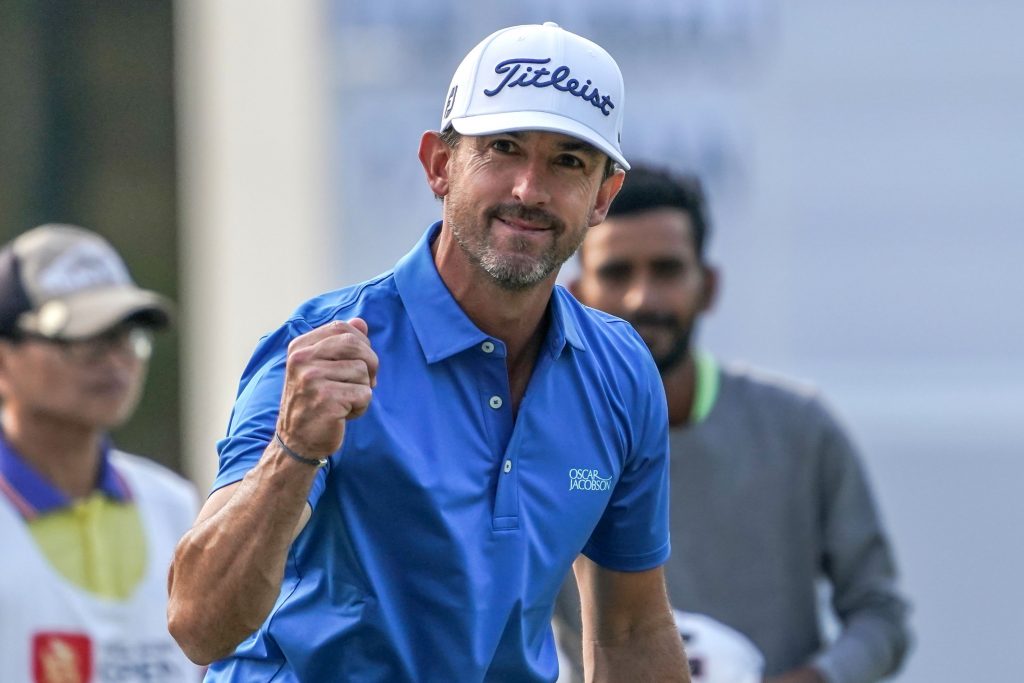
Australia’s Wade Ormsby and American Trevor Simsby – the Asian Tour’s top-two ranked players on the Order of Merit – will play in the opening tee-times today in the World Golf Championships-Workday Championship at The Concession, in Florida – the first WGC event of the year.
Ormsby – ranked first on the Merit list thanks to his win in last year’s Hong Kong Open – tees-off at 10.58am (Florida time) with South African Eric van Rooyen and Brendon Todd from the Unites States.
Last year’s Malaysian Open winner, Simsby, starts at the same time, but on the 10th with Australian Minwoo Lee – the brother of LPGA star Minjee Lee.
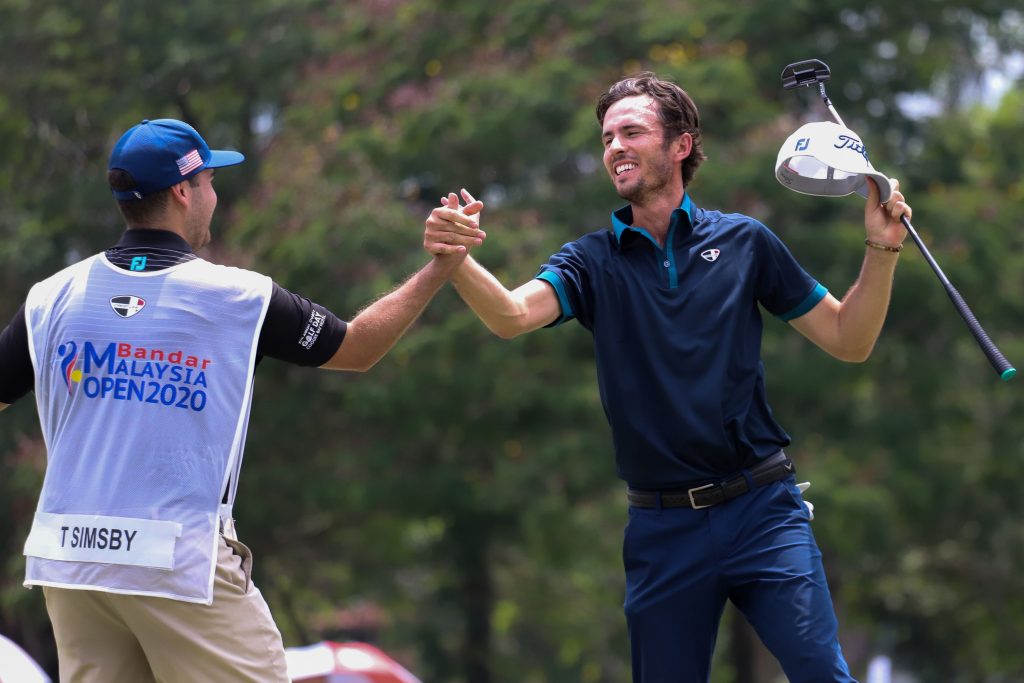
(Photo by Sadiq Asyraf/Getty Images)
The tournament is being played at The Concession Golf Club, and boasts prizemoney of US$10.5 million. The event was due to be played in Mexico but logistical challenges, posed by the COVID-19 pandemic, meant the location had to be changed.
Ormsby claimed the Hong Kong Open last January, for the second time in his career, and shot to the top of the Asian Tour Order of Merit.
Simsby soon joined him near the top of the Merit list by winning the Malaysian Open in March, before the pandemic brought the season to an abrupt halt.
This will mark the third time Ormsby has played in a WGC event, while its Simsby’s debut.
American Patrick Reed claimed the title last year; his compatriot Dustin Johnson triumphed in 2019 and 2017; while another American Phil Mickelson won in 2018.
World number one Johnson starts as hot favourite and has been paired with compatriots Brooks Koepka and Patrick Berger.
WGC events feature a field a of 72 players with no halfway cut.
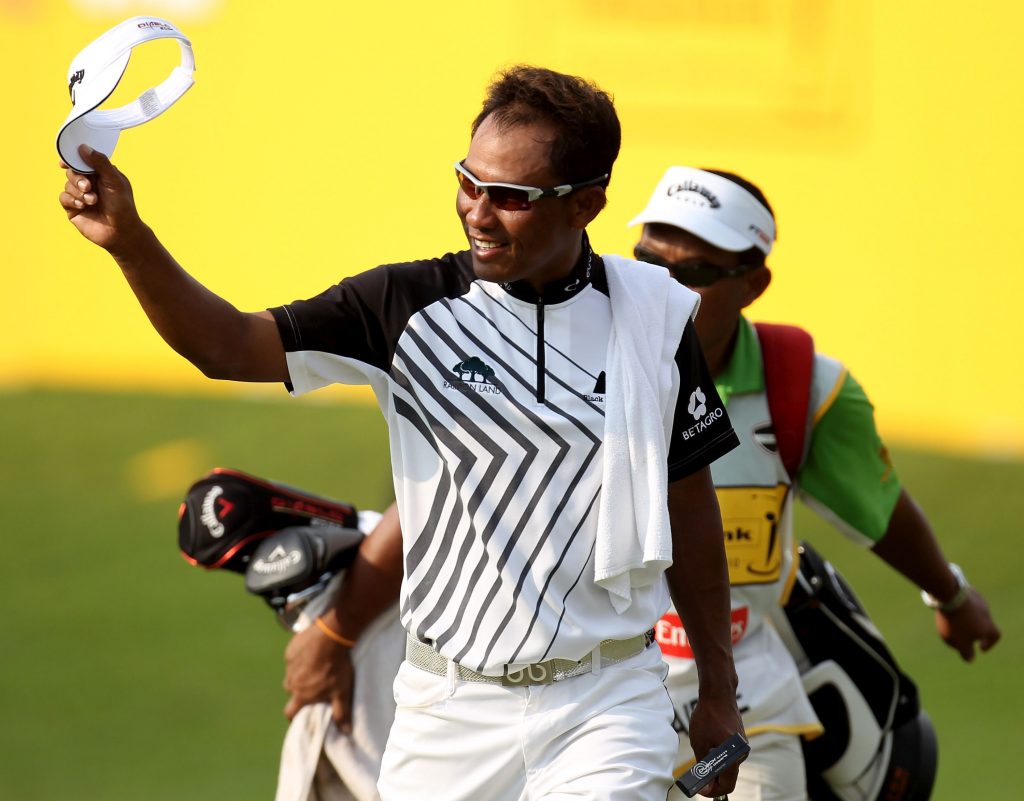
Thailand’s Thongchai Jaidee successfully defended his Malaysian Open crown on this day, 16 years ago. Perhaps, more than any of his victories – to date he has claimed 13 on the Asian Tour, and eight on the European Tour – this event defined him as a player. We look back at those two memorable victories, both played at Saujana Golf & Country Club.
Thongchai Jaidee had already tasted victory on five occasions by the time he arrived at the Malaysian Open in 2004.
In fact, he had claimed the Myanmar Open the week beforehand – for the second time in his career – and so started the National Open of Malaysia as one of the favourites.
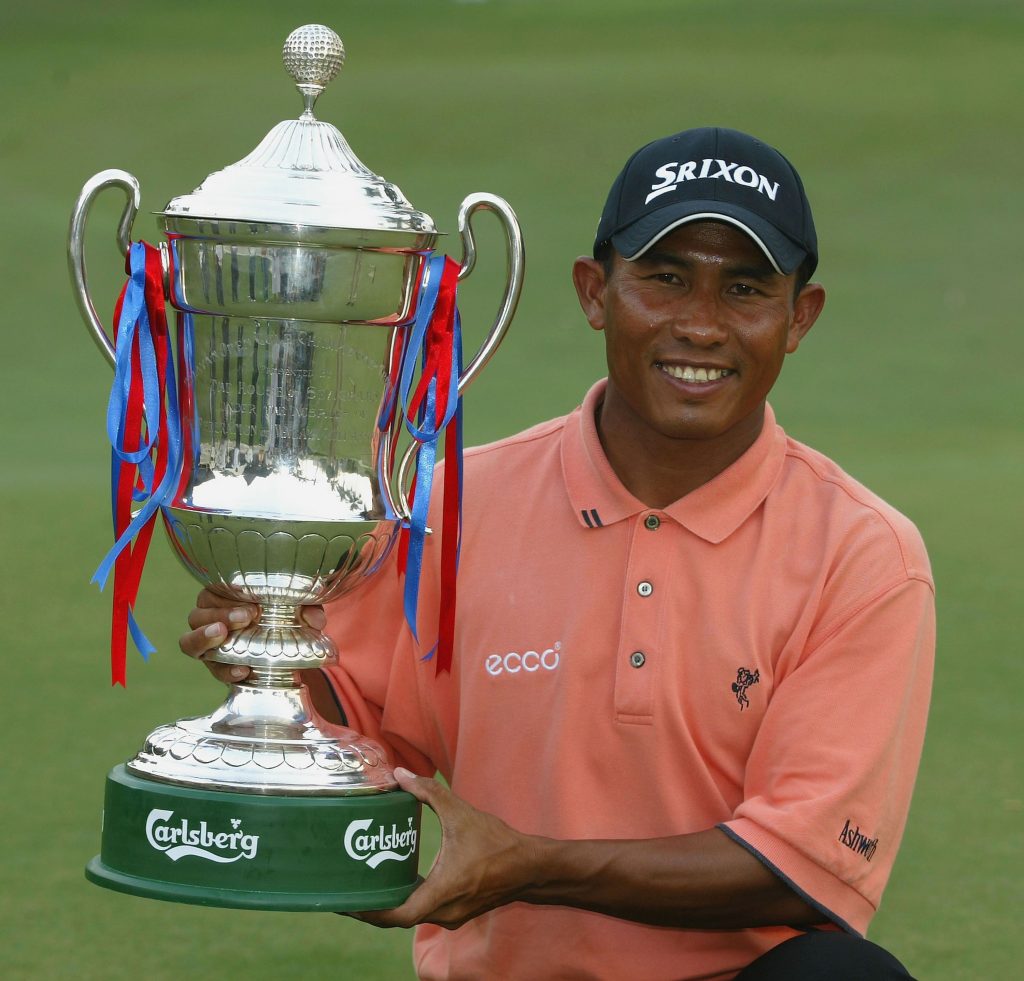
KUALA LUMPUR, MALAYSIA – FEBRUARY 22: Thongchai Jaidee of Thailand poses with the trophy for winning The Carlsberg Malaysian Open Golf at Saujana Golf and Country Club on February 22, 2004 in Kuala Lumpur, Malaysia. (Photo by Stuart Franklin/Getty Images)
Ace Performance
He faced a formidable field as, for the fifth year on-the-trot, the tournament was jointly-sanctioned by the Asian and European Tours. Ireland’s Padraig Harrington – who was beaten in a play-off by Fijian Vijay Singh at the event three years before – Denmark’s Thomas Bjorn, Irishman Paul McGinley and Sweden’s emerging young star Henrik Stenson, were some of the headline acts.
It was, no doubt, the quality of the field that helped contributed to Thongchai’s virtuoso performance.
That week, he created a piece of European Tour history when he became the first player from Thailand to win on the European Tour – the anniversary of which is on Monday, February 22 – with a two-stroke victory over Australian Brad Kennedy.
After struggling on the front nine on Sunday, he raced home in a blistering 30 strokes, highlighted by that most celebrated of golf shots – an ace on the par-three 16th.
He had been tied for the lead with three holes to play and magnificently rose to the challenge by spectacularly sinking a six iron from 188 yards, for the second ace of his professional career. A birdie on the last gave him a closing round of 68, four under par, for a 14 under par total winning total of 274.
Hs compatriots Prayad Marksaeng and Chawalit Plaphol, tied for third, four shots back, along with Frenchman Thomas Levet.
It was also Thongchai’s third win in six starts, as he also won the Volvo Masters of Asia at the end of 2003.
“It’s been my dream to play on the European Tour and now I will have to get used to life in Europe,” he said. “I’m looking forward to taking the opportunity to play alongside some of the best players in the world.”
The winners’ cheque of €158,153 (approximately US$191,000) was the largest of his career at the time, and he also became the sixth player from the Asian continent to win on the European Tour, along with India’s Arjun Atwal, Isao Aoki from Japan, Korean KJ Choi, Taiwan’s Yeh Wei-tze and Zhang Lian-wei from China.
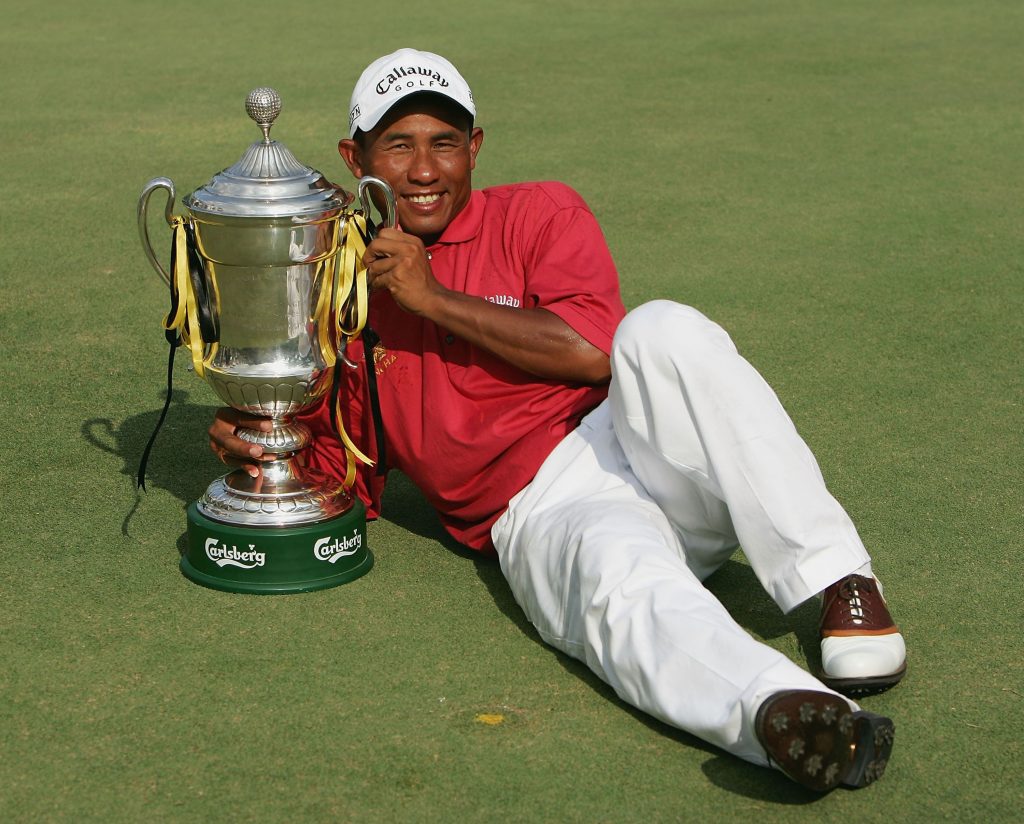
KUALA LUMPUR, MALAYSIA – FEBRUARY 20: Thongchai Jaidee of Thailand with the trophy for winning The Carlsberg Malaysian Open at Saujana Golf Resort on February 20, 2005 in Kuala Lumpur, Malaysia. (Photo by Stuart Franklin/Getty Images)
Back-to-back brilliance
The circumstances of his victory the following year were somewhat more relaxed, as he started the final round with a six-shot lead and eventually triumphed by three, but there were a few anxious moments when Stenson and India’s Jyoti Randhawa, the closest challengers, sensed an opening.
Thongchai bogeyed the ninth and then drove out of bounds with a hooked drive on the 11th; but he steadied the ship with his second ball: holing from eight feet to drop just the one stroke and maintain a two-stroke advantage.
At that stage most of the pressure was coming from Stenson who was making huge strides into the seven shot deficit he faced at the start of the round. Four birdies on the front nine closed the gap to three and his birdie on the 11th left him only two adrift.
But 13 lived up to its tag and proved unlucky. Pressing for an eagle three, Stenson misjudged the wind and pulled his seven iron approach. His ball ended up sitting on top of the rocks by the edge of the water and, in attempting to nick it clean off the stone, the clubhead bounced and he only moved the ball forward a few feet. His next chip ran 10 feet past and, to his astonishment, the par putt stayed out.
Thongchai, playing in the final group behind Stenson, responded with a birdie on that hole: pitching to within a couple of feet to restore his four-shot cushion over the Swede.
Thongchai’s closing 70 gave him a winning total of 21-under-par total of 267 – three clear of Randhawa, with Stenson a further shot adrift.

KUALA LUMPUR, MALAYSIA – FEBRUARY 20: Thongchai Jaidee of Thailand plays his tee shot on the 15th hole during the final round of The Carlsberg Malaysian Open at Saujana Golf Resort on February 20, 2005 in Kuala Lumpur, Malaysia. (Photo by Stuart Franklin/Getty Images)
The Thai star’s win saw him join a select group of players to have won the event back-to-back, the others being: Australian Graham Marsh (1974-75), and Japan’s Tomo Ishii (1964-65).
It also earned him a cheque for €156,763 (approximately US$190,000) and it was his seventh Asian Tour victory, placing him alongside Korea’s Wooksoon Kang as the most prolific winners on the Asian Tour at the time.
“This feels fantastic,” said Thongchai. “This win is better than last year. I just told myself to play my own game. The driver didn’t work well for me today but the irons worked nicely.”
Thongchai would go onto to win another 10 titles on Tour after that and complete his place among the greats of Asian golf
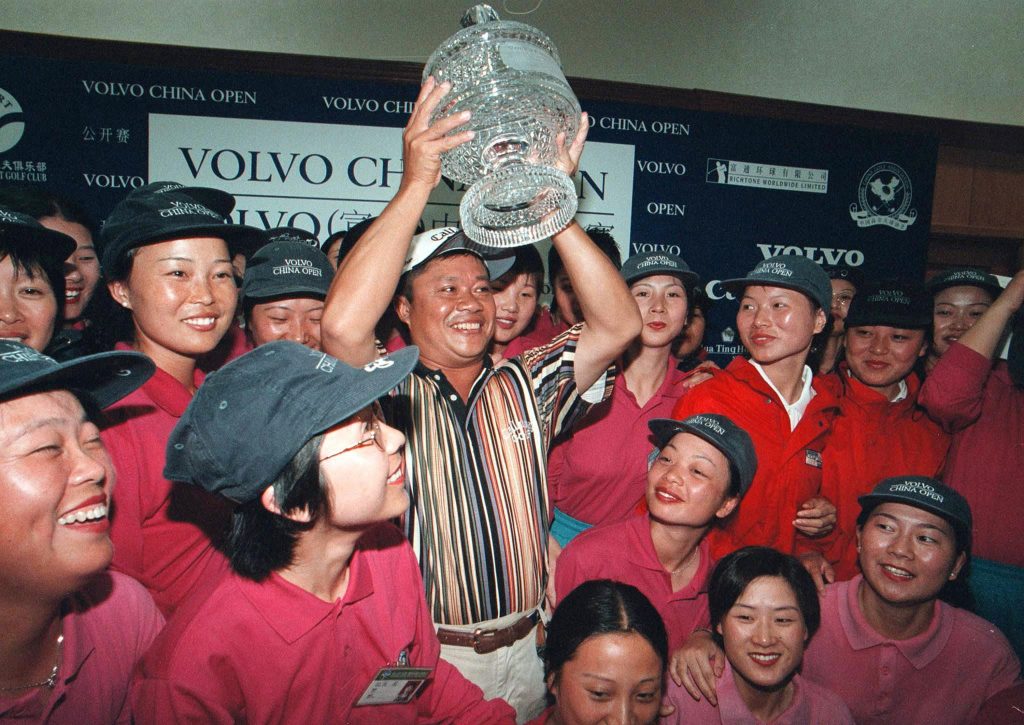
We asked Myanmar legend Kyi Hla Han, who turns 60-years-old today, nine questions about his unparalleled 25-year playing career.
Favourite tournament?
My career spanned 25 years. In the early 90’s the Johnnie Walker Classic was one of the best tournaments in Asia. It was played on really good courses with top-class star players and the atmosphere of the event was incredible. The same goes with tournaments in Australia – like the Australian Open and Australian Masters. It was fun to play in Melbourne.
In Asia in the last 15 years, the Singapore Open, the Maybank Championship and the Hong Kong Open are my favourite events; they are played on really good courses and the events have a great atmosphere.
Favourite course?
I don’t have a real favourite but I prefer the old traditional layouts. During my career I was fortunate to play the Sandbelt courses in Melbourne; Kingston Heath and Royal Melbourne are, in particular, my favourites. Especially the way the holes are designed, the bunkering, and the fact they test shot making. They don’t favour a particular kind of shot, you need to play all kinds of shots. Even in recent times the scores were not low on those courses, which shows that power doesn’t come into play. The same would apply to great Open courses like Muirfield, Carnoustie, Royal Birkdale etc. I would love to have played US Opens on traditional layouts like Winged Foot, Baltusrol, Marion etc
Closer to home, Sentosa’s Serapong Course is right up there, as is the Composite Course at the Hong Kong Golf Club ― used during the Hong Kong Open ― plus Delhi Golf Club and Royal Calcutta, come to mind. There are a lot of good courses in Thailand too.

(Photo by Paul Lakatos/Asian Tour via Getty Images)
You won 12 times during your career. Which one did you enjoy the most?
My best win would be the 1999 Volvo China Open. It was raining and windy all four days and I won by eight shots. My father walked with me for all four days in that weather and he was 75-years-old! After that win I played well all year and won the Asian Tour Order Of Merit. The 1994 Singapore Open at Tanah Merah and the 1997 Rolex Singapore Masters at SICC Bukit were also memorable, and ironically I’m living in Singapore now!
Best thing about being a Tour pro?
I had wanted to be a pro golfer since I was 10 years old. I’ve been very fortunate to pursue a sport that I loved. Traveling all over the world, meeting new people, making so many friends, and playing a lot of great tournaments and golf courses. I was the only Asian playing in Europe in the 80s and in Australia. I cherish those moments. And, now that I have stopped playing, I reflect on those moments all the time.
I played in Europe for about five years. When I didn’t get into the main tour events I played the tours in Sweden and France, Germany and Italy. There wasn’t a structured Challenge tour in those days. In those days we kind of made up our own tour and a lot of players just travelled together. In the summer I played in Europe and then in October I went to Australia. And then I played the old Asian Tour from February to April. Without any centralized circuit we played around the world. Pretty much most of the players did the same thing.
I tried the US PGA Tour Q School five times, and got to the finals but never really got my card. I could have stayed there more, and played mini tours, but I decided the best thing was to play around the world. Maybe I was just burnt out by the time I played in their Q School in September/October. That was a disappointment but I have had a lot of enjoyment from being a Tour pro.
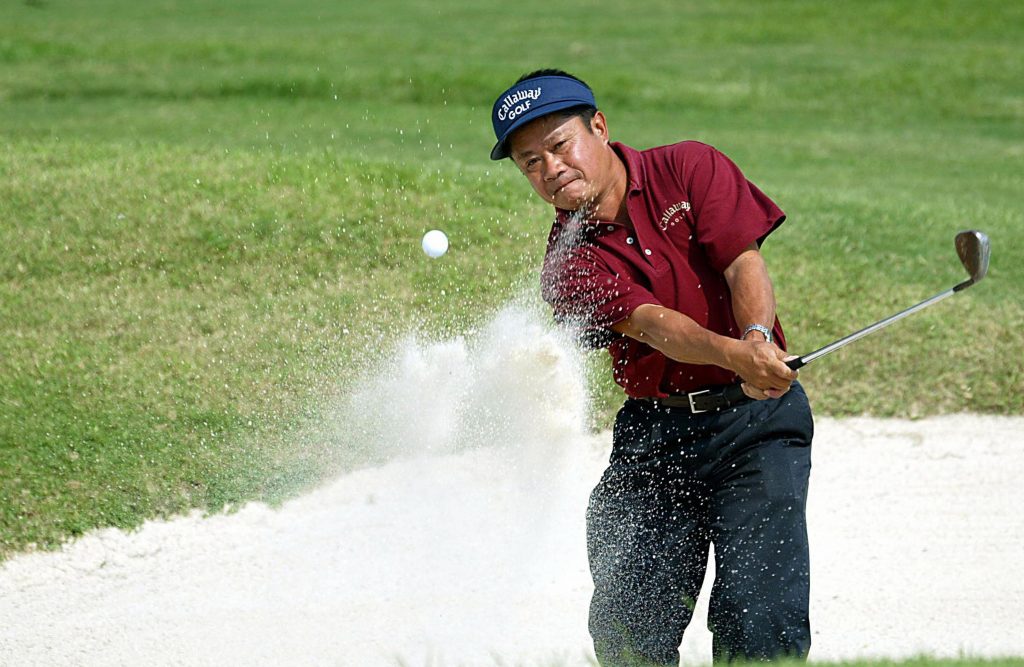
(Photo by Stanley Chou/AFP via Getty Images)
Most nervous you have been on the course?
The first tee shot at St Andrews in the 2000 Open Championship, and also the first tee shot playing with Tiger Woods in the 2000 Johnnie Walker Classic at Alpine, in Bangkok. The first tee shot was nerve-racking, but after that I was okay. Thinking back, it’s those nervous moments that I cherish. I miss the competition and playing with a lot of pressure, even if your heart is beating like crazy and your palms are sweaty … it’s what I miss.
What do you consider is the best shot of your career?
I really remember the drive I hit on the last hole of the 1994 Singapore Open at Tanah Merah. I had a one-shot lead and I knew if I hit a good drive I’d be ok. I was really nervous but I hit the longest and straightest drive of the four days. The first three days I had a four or five iron in for my second on that hole but I had an easy seven on the last day. I used a Callaway Big Bertha – they had just come out – and a Titleist balata 90. I used that ball because it was soft, it didn’t go far, but with my irons I got a lot of control, I like to work the ball.
Worst shot of your career?
I shanked a shot playing with Tiger Woods in the 2000 Johnnie Walker Classic. That was probably the most embarrassing because it was a par five at Alpine. It was over water and I hit a great second shot just over the green and was looking at a birdie; it was an easy chip but I shanked it and I made six.
And, there was once in Australia when I was leading a tournament and I had a two-shot lead going into the last day. The first hole was a par five and I hit my second 10 yards short of the green but I basically just chunked my third and made six, and pretty much didn’t have a good round.
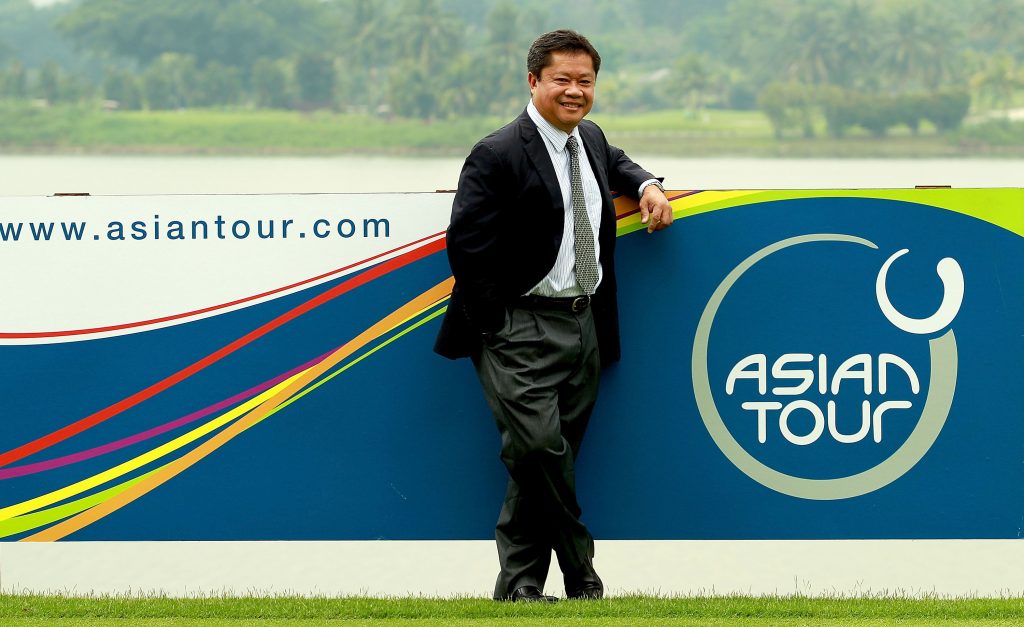
(Photo by Paul Lakatos/Asian Tour/Asian Tour via Getty Images)
Your best ever putt?
It wasn’t through putts that I won tournaments, there wasn’t a key putt. I remember the putt I made on 17 in the Korean Open in 1999, I was going head-to-head with KJ Choi. I was one behind and I had a 30-footer downhill that was almost impossible to make, but I holed it to put some pressure on him and to go one back into the last hole. I hit a great shot into 10 feet on the last but I missed it and I lost by a shot.
And the same year in the Taiwan Open I was one behind, and I made a 20-footer on the last hole to put pressure on Wooksoon Kang, but he made a 20-footer on top of me to win by one.
I made those putts when I really needed them; I still think about those putts. I was using the broom handle putter then ― I had switched in 1996 ― and I am still using that putter today. It’s in my bag; they don’t make them anymore.
Who is your favourite golfer?
I grew up admiring Jack Nicklaus. My father was a big fan of Jack and he gave that book Golf My Way by Jack Nicklaus. I basically learned a lot from that book. I was 10 years old and that book was my bible. I met Jack at the 2013 Presidents Cup, when it was held at his course Muirfield Village in Ohio. I was Chairman of the Asian Tour, and I got to have lunch with him. I told him that I learned golf from his book and he said he’d give me another one with his signature on it!
Nowadays it would be Tiger Woods. When I played with him in 2000, I could see that there would not be a player like him for a long time.
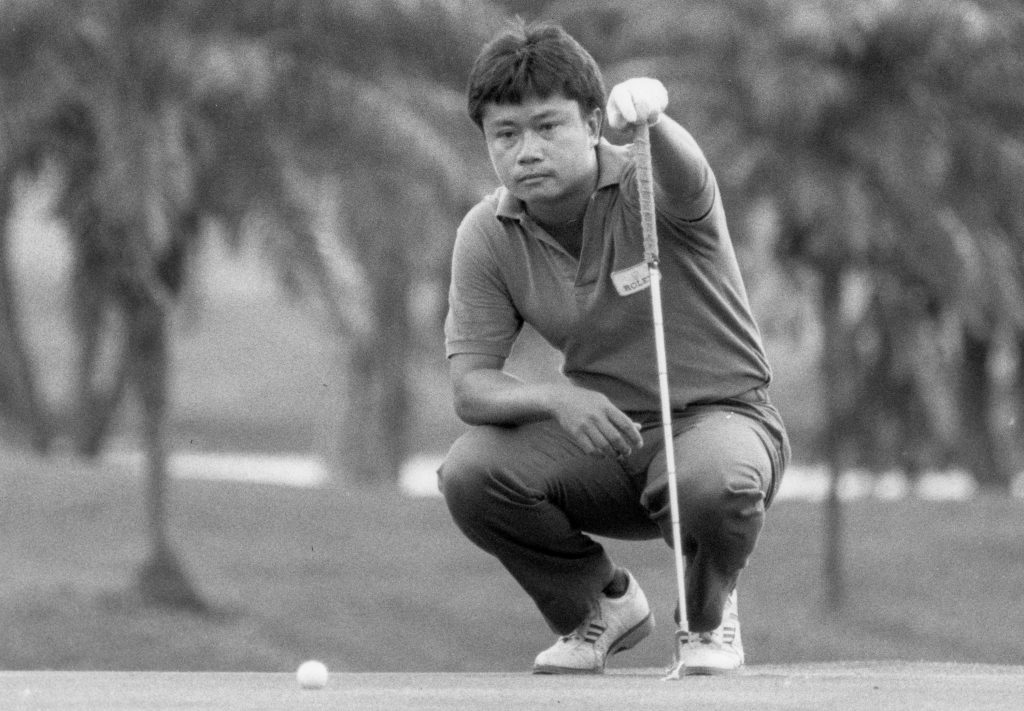
Han in action during the Johnnie Walker Hongkong Open in 1989. (Photo by Chu Ming-hoi/South China Morning Post via Getty Images).
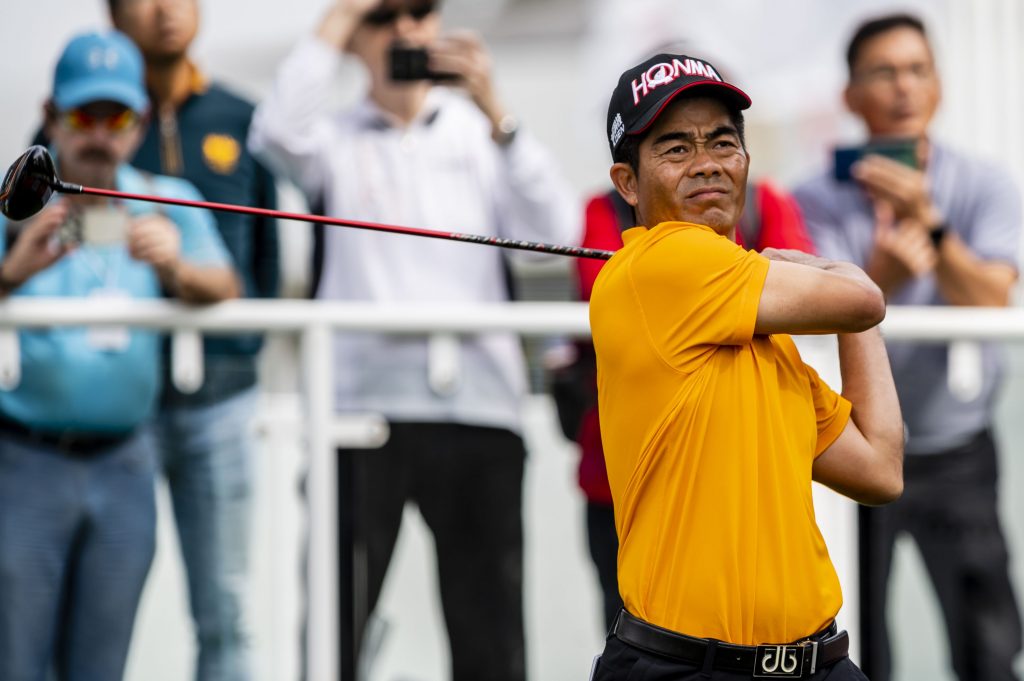
Former Asian Tour number one Liang Wen-chong, from China, has called for “everyone to work together to fight off the pandemic”, and has taken a safe and sensible approach to the life-changing developments caused by COVID-19.
Speaking from his home in Hengdian, Zhejiang Province, China ― where he is currently celebrating the Lunar New Year with family and friends ― he said: “In what has been a season of rest, for most of last year, I told myself to stay positive. The pandemic is something that will catch you off guard, but it has since become a norm for most. What we need to do is to adapt to it and make changes to our daily lives.
“It’s a new knowledge, so we need to have patience and face it with determination. Everyone needs to work together to fight off the pandemic, hoping life will return to usual in the near future.

(Photo by Arep Kulal/Getty Images)
“Thanks to this pandemic, I have learned how important it is to stay physically fit. Regular exercise can improve your resistance to virus. Therefore, golf is a good option too.”
The 42-year-old played in the Asian Tour events at the start of last year, before the pandemic hit, and was able to compete in a couple of events in Japan, at the end of the year.
“The pandemic affected all golfers and Tours; schedules were changed; tournaments were postponed or suspended. I can only stay at home when there are no tournaments to play. It was back to playing my role as a father and doing my best to adhere to all safety measures.”
Liang has enjoyed a decorated career, to date.
He succeeded his mentor Zhang Lian-wei ―China’s pioneering first world-class player ― by recording achievements after achievements, including: winning three times on the Asian Tour; claiming two titles in Japan; becoming the first player from the mainland to compete in the US PGA Championship; and, at the Open in 2008, becoming the first Chinese golfer to make the cut at a Major.

(Photo by Zhe Ji/Getty Images)
It was in 2007 when he won the Asian Tour Order of Merit title, the first player from China to achieve that feat. That year he also claimed the Singapore Masters ― which was co-sanctioned by the Asian Tour and the European Tour, and meant he became the second golfer from China to win on the European Tour, after Zhang.
“In this brand new 2021, I hope to return to the golf course for more tournaments and obtain good results,” added the Chinese star.
“My long-term goal in golf is to try and prolong my golfing career for as long as I can; maintain my competitiveness on the golf course; and at the same time, do my best in promoting and developing the game across the region.”
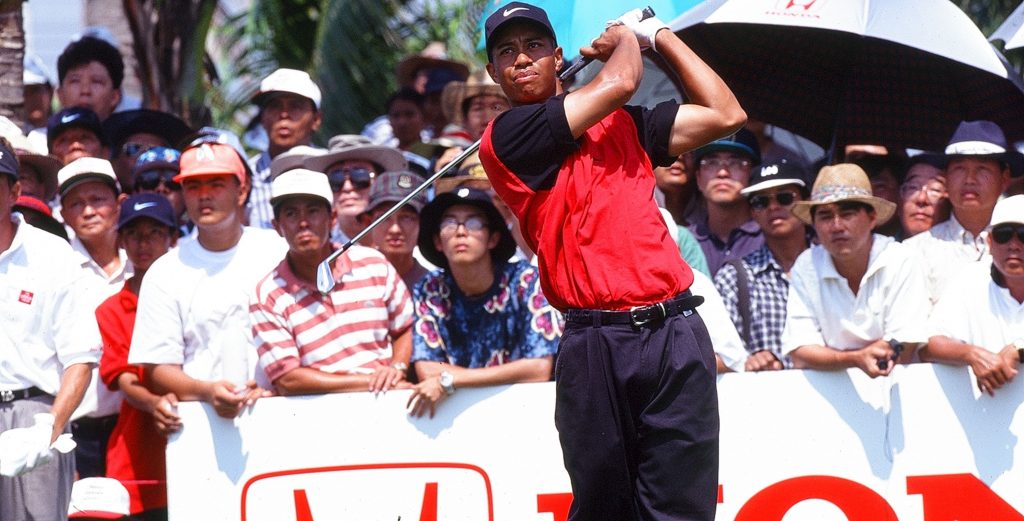
It is hard to believe that it was on this day 24 years ago when American Tiger Woods took Bangkok by storm and claimed the Asian Honda Classic at Thai Country Club, just outside Bangkok.
The region had rarely witnessed such a sporting occasion and the world’s media turned out in full force to cover his every move.
The young American had arrived in the Thai capital to much pomp and ceremony and at times frenzied excitement.
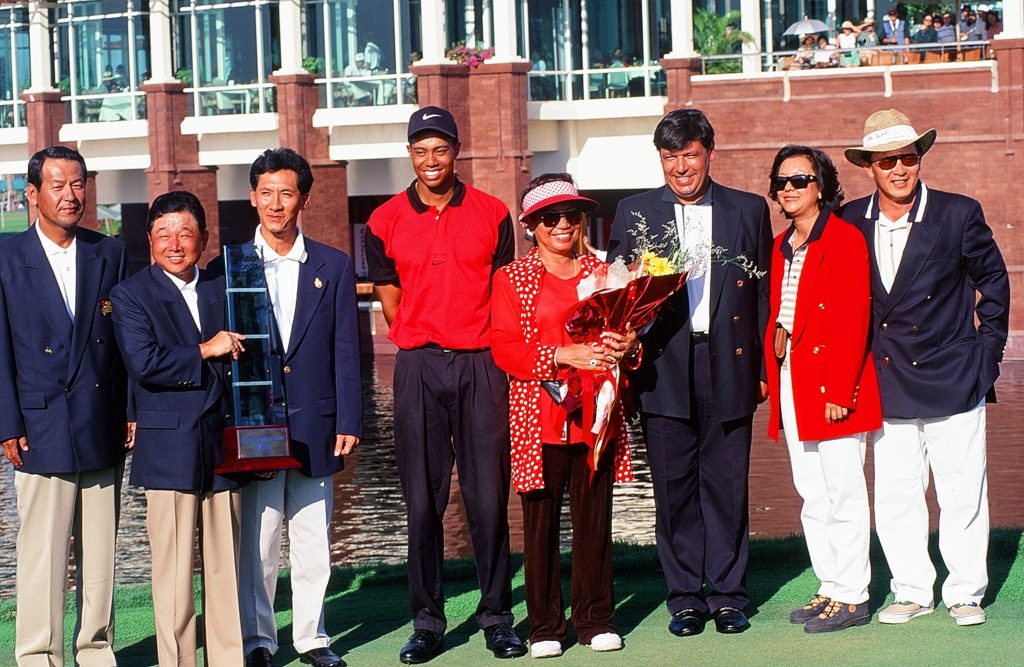
(Credit: Richard Castka/Sportfive)
He had competed in Thailand once before ― as an amateur in the 1994 Johnnie Walker Classic at Blue Canyon Country Club in Phuket ― but this was the first time he was playing there as a professional.
Aged 21 years old he was accompanied by his mother, Kultida, who grew up 70 miles north of Bangkok; she proudly chaperoned him throughout the week.
He was also surrounded by tight security during the trip ― which was much needed amid wild welcoming scenes at Don Muang airport.
Having only just turned professional the year before, he had already claimed three titles on the PGA Tour, although at this point he had not won Major.
Woods cruised to a 10-shot victory in the US$300,000 event; which also saw Australian Steve Elkington, Frank Nobilo from New Zealand and American Curtis Strange competing.
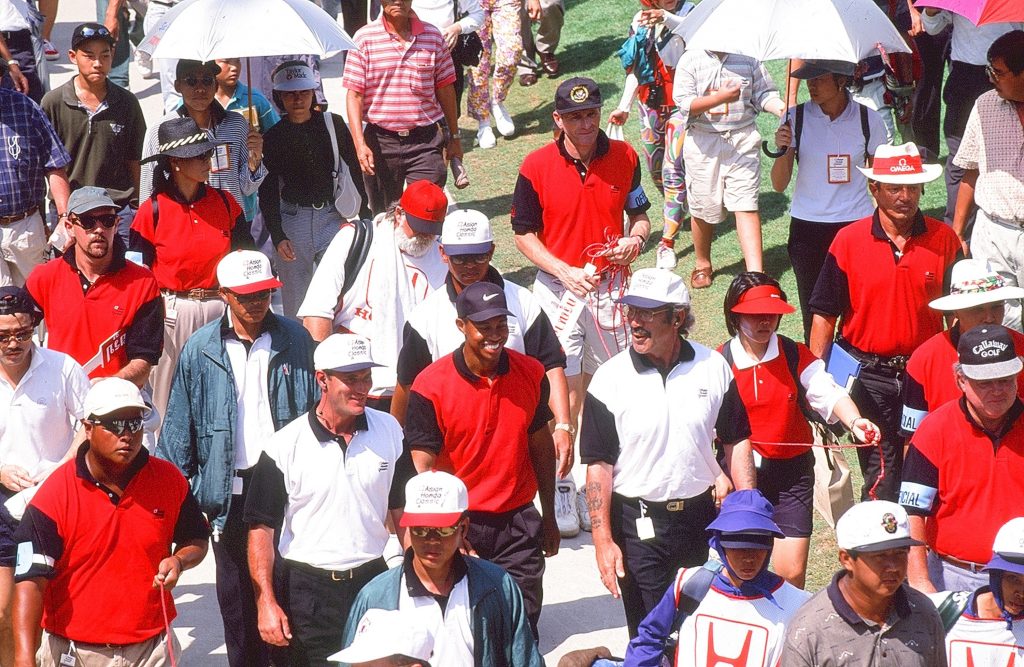
(Credit: Richard Castka/Sportfive)
He shot rounds of 70-64-66-68 for a brilliant four-round aggregate of 20-under-par 268; Korean Mo Joong Kyung secured second place.
He treated the fans to a level of golf they had never seen before, including driving the 389-yard par-four 10th hole during the third round.
It was a stunning performance, with his helicopter rides to and from the course adding to the spectacle.
Thousands of fans chanted his name as he walked down the 18th fairway on Sunday.
After the win, Tiger said: “Winning is great, but to win here in Thailand is something special. This is like home to me.”
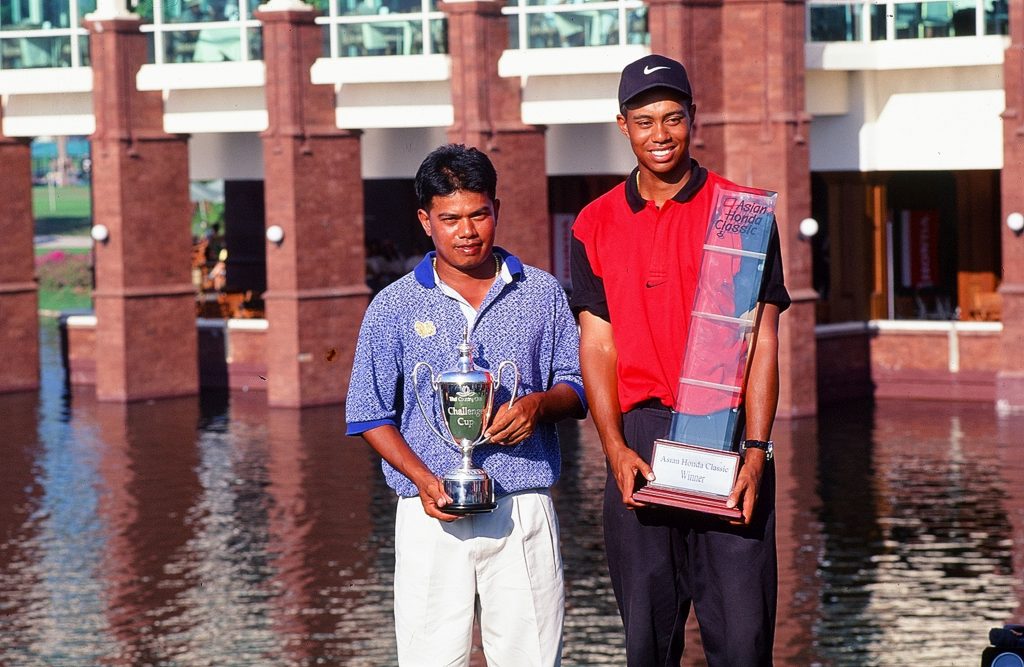
(Credit: Richard Castka/Sportfive)
“I knew my swing wasn’t working well,” added Woods. “I made some bad shots out there, but I made some key putts and that’s what wins golf tournaments.”
Woods, who earned a cheque for US$48,000, had five birdies during the final round and nearly eagled the fourth hole. He had a bogey on the 17th hole when his drive sliced into the water.
Two months later he was to go on and win the US Masters for the first time ― by the incredible margin of 12 shots ― and commence a career that would see him win 15 Majors and 82 PGA Tour titles.
But few will forget how things began for him during that unforgettable week at the Asian Honda Classic ― nearly a quarter of a century ago.
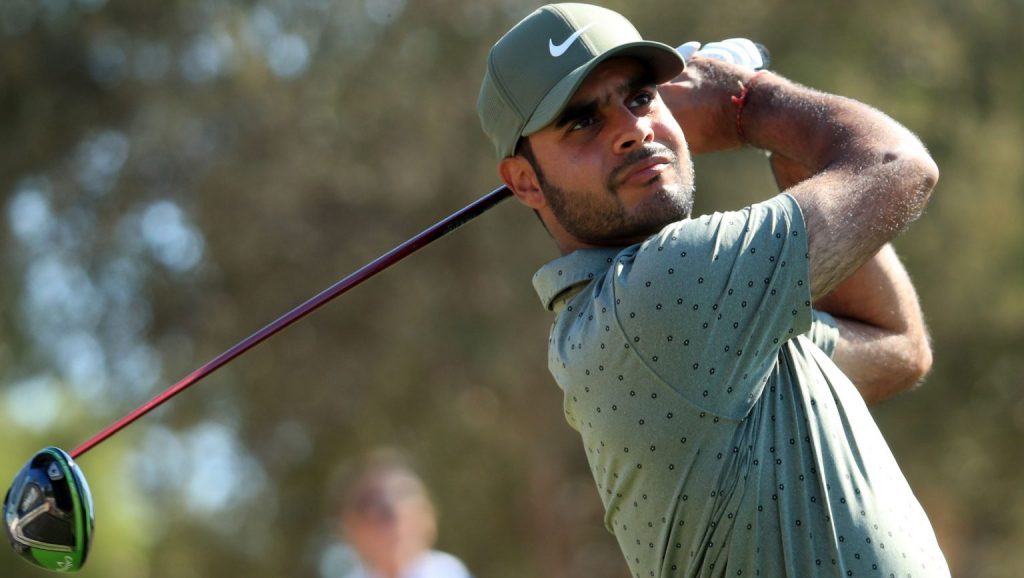
India’s Shubhankar Sharma feels he kick started his season with an encouraging performance in the Omega Dubai Desert Classic last week ― where he finished in a tie for 22nd place ― and is hoping to build upon that result in Saudi Arabia this week.
“I was playing so much better than what the score showed,” said the 24-year-old, who would have finished much higher if not for dropped shots over the closing holes. He three-putted the 15th for a bogey, dropped another shot on the next, after failing to get up and down, and made the green in two on the par-five 18th but three-putted once more.
“It was kind of a bummer in the end but it is fine. You have to look at the bigger picture and take things into perspective: I had a decent week; I played pretty solid; I hit the ball really well. I obviously left a few shots out there, especially on the weekend, but I am really happy with the way I battled hard,” added Sharma, who has been paired today with Jhonattan Vegas from Venezuela and Brandon Stone from South Africa in the first round of the Saudi International.
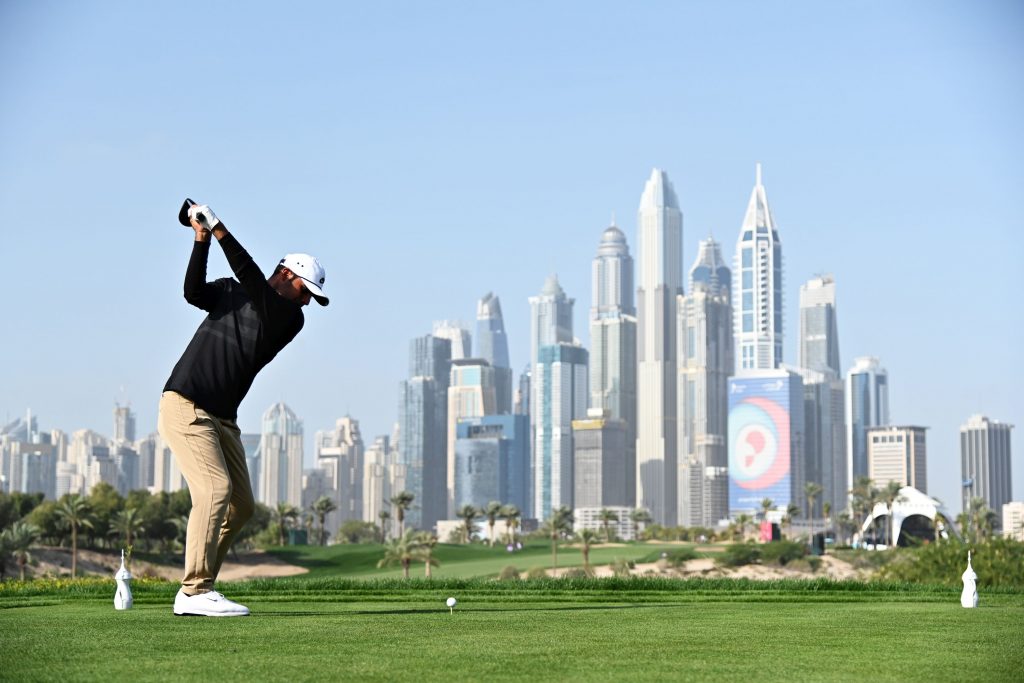
(Photo by Ross Kinnaird/Getty Images)
“We gave it our all and conditions were not easy, especially the last two days when it got really windy. We hung in there and I am pretty pleased with the result, considering it is only the second event of the season. There is still a long way to go but it gives me something to build upon now.”
The Indian star missed the cut in Abu Dhabi the previous week: which he says what partly because a fog delay on day one, which saw him get stuck in poor weather and meant he had to finish his first round on Friday, and also because he drove the ball badly.
He said: “I really worked hard on my driving after missing the cut, and it paid off as my driving was one of the best parts of my game in Dubai, and that is why I had some good scores.”
CHANDIGARH BREAK
Sharma said he was also refreshed from a month’s break, at home in Chandigarh.
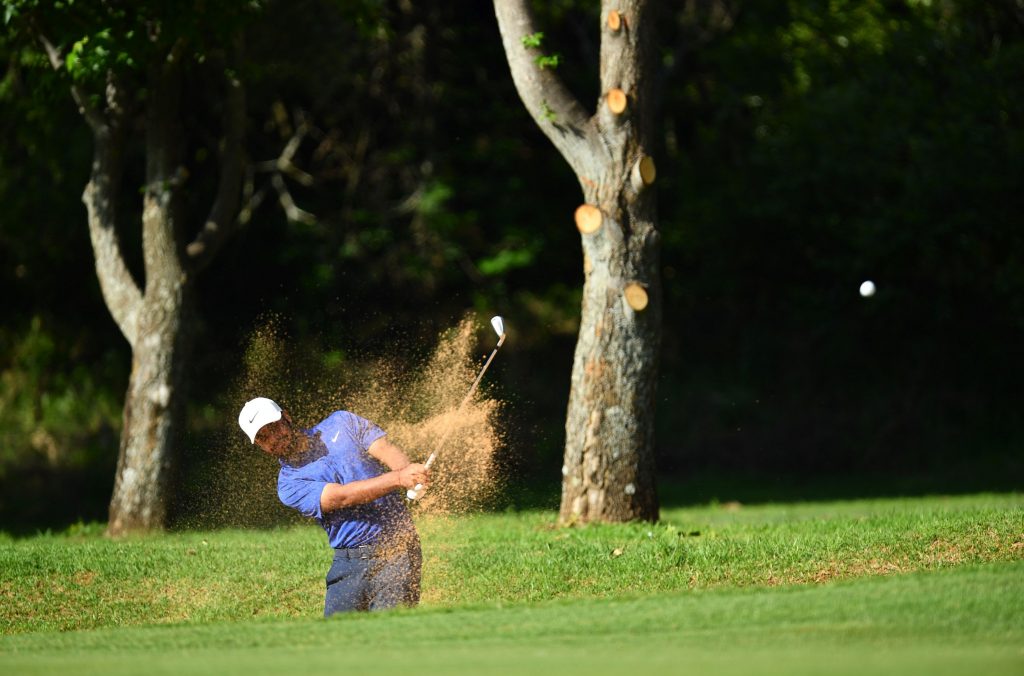
JOHANNESBURG, SOUTH AFRICA – NOVEMBER 19: Shubhankar Sharma of India plays his second shot on the 10th hole during Day One of the Joburg Open at Randpark Golf Club on November 19, 2020 in Johannesburg, South Africa. (Photo by Stuart Franklin/Getty Images)
He spent the time working with his long-time coach Jesse Grewal as well as Gurbaz Mann.
“Every time you go home you work on rectifying the mistakes of the previous year. Jesse has been my coach since I was 10 years old, while Gurbaz ― a former Asian Tour player ― came on board the last four or five years,” said Sharma.
“I worked a lot with Gurbaz: he built all my clubs, we got new irons in ― same model, just a newer set ― changed wedges and worked on the putter and the three wood, and did some tweaks. I worked on my swing with both of them. It was quite useful that one month I had back there. We worked on small things. I think every golfer has certain tendencies they are trying to avoid and it’s the same with me. I get into these bad habits and tendencies which I have to keep fixing.”
He also spent a lot of time in the gym trying help his body recover from a challenging 2020 playing on the European Tour.
He said: “Last year was especially long for me, especially towards the end; I was out there for almost five months. That definitely took a toll on the body, especially being in the bubble and not being able to travel, not being able to go outside, just being in the hotel and golf course. There were a lot of small issues in the body we had to fix. I was working a lot with my physiotherapist and my trainer back home. I think that helped me even more than going to practice.”
Sharma was stuck at home for about two months at the beginning of last year when COVID-19 first put the world into lockdown. He didn’t play any golf during that period, apart from practicing his chipping at a park in front of his house.
RETURN TO EUROPE
But he said the layoff did allow him to reset mentally and physically before returning to action on the European Tours, for their UK Swing in August.
“I was not at my best in the beginning,” said Sharma, who missed the cut in five out of his first six events.
“I was struggling with my swing – I was slightly rusty – and the weather in Europe. I made some mental mistakes in the first few rounds and that saw me exit before the weekend. But you learn so much more from being out on Tour compared with being home and practicing. You get feedback from playing in tournaments and that really helps.”
“But after that, since Portugal in September, I started to play really well. I was really happy when I played well all the weeks when it was really cold: the BMW PGA Championship, the events in Ireland and Scotland ― it was really cold and we don’t grow up playing in that weather in Asia.”
MAYBANK MAGIC
While this week he will be looking to build on his Dubai result, he will also hope to draw on what he achieved on this day three years ago: winning the 2018 Maybank Championship in Malaysia.

KUALA LUMPUR, MALAYSIA – FEBRUARY 04: Shubhankar Sharma of India poses with the trophy after winning the 2018 Maybank Championship at Saujana Golf and Country Club (Photo by Arep Kulal/Asian Tour/Asian Tour via Getty Images,)
“Maybank changed my life,” said Sharma.
“It got me into a lot of big events: I played all the Majors that year.”
He won the Maybank tournament ― which was joint-sanctioned by the Asian Tour and European Tour ― after shooting a final round 10-under-par 62, having started Sunday four off the lead.
The win also came less than two months after he claimed the Joburg Open ― which was also jointly-sanctioned and his maiden win on both Tours.
“I have great memories of that 62. I remember going out on the last day, I wasn’t really thinking of winning. I had a fever the week before and I was just starting to feel better that week,” he said.
“I was just hoping for a good round on the last day and finishing in top 10. I didn’t make birdie on the first hole, which is an easy par five, but I made birdie on four, five, six, seven and nine. I was five under on the front.
“It was one of those days when I wasn’t missing too many shots, and everything fell into place. I looked at the leaderboard on 16 and realized I was two or three ahead but the leaders were way behind me, on nine or 10, and so they had a lot more holes to play.
“I just told myself to keep giving myself chances and that it is not over until it’s over. I was eight under [for the round], missed a birdie on 16 but birdied 17 and 18 and once I did that I knew it would be very hard to catch me. It was a great feeling, I left it all out there.”
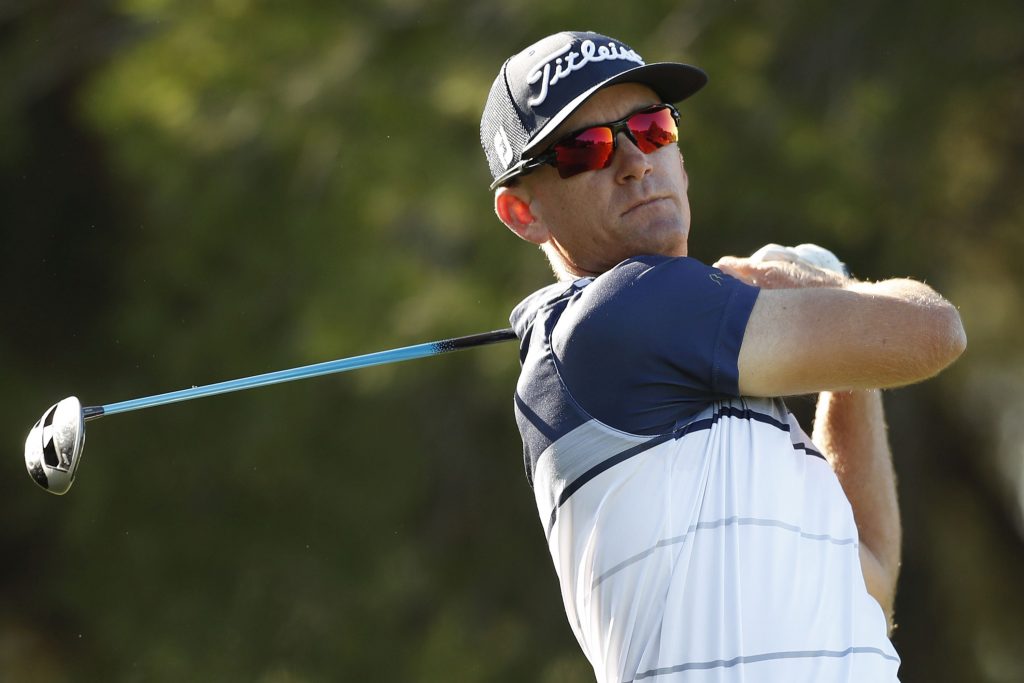
Berry Henson is one of the Asian Tour’s great personalities and, indeed, success stories: since earning his card a decade ago, he has finished in the top-50 on the Tour’s Order of Merit every year, bar one. As the game is temporarily in “recess” in Asia, we thought it an opportune time to speak to him about his career playing in the region and ask him how has been spending his time during the coronavirus pandemic. As we found out, he has been busy …
It is fair to say Berry Henson has enjoyed the best of both worlds: the two worlds being California, “The Best Coast”, as it is popularly known, and “The Kingdom” of Thailand ― the former being his place of birth and home in the United States, and the latter his adopted home for the past 10 years.
You would probably only leave California if you were going somewhere as idyllic as Thailand, but, in Henson’s case it was also a matter of urgency: he needed to secure status on one of the world’s leading Tours ― and the Asian Tour was his last chance.

JAKARTA, INDONESIA – AUGUST 30: Berry Henson of USA pictured during the second round of the Bank BRI Indonesia Open at Pondok Indah Golf Course on August 30, 2019 in Jakarta, Indonesia. (Photo by Arep Kulal/Asian Tour/Asian Tour via Getty Images)
IN THE BEGINNING
“I remember the first day I landed in Thailand; I felt so far away from home; it was wild,” says Henson, from his condo at Black Mountain Golf Club, in Hua Hin, Thailand, this week.
“Now that I have been here for so long, it feels like I have been here my whole life. I almost feel I have lived here before, had another life here. I am lucky, I got a home here, and I have got a home in Palm Springs.”
The American arrived in Asia with just US$5,000 in his bank account and as he says: “I had one sponsor and he said, ‘hey it’s sink or swim, we either get a card or we are done’.”
There was probably no better incentive to succeed in Asia than that and it certainly proved to be the catalyst for the birth of one of the Tour’s most consistent performers.
He won the First Stage of the 2011 Qualifying School, and finished 11th in the Final Stage. Then five events later he claimed the Clearwater Masters, in Malaysia, on the Asian Development Tour, and two weeks after that he won the ICTSI Philippine Open, at Wack Wack Golf & Country Club.
“Both those victories were wire-to-wire, not a lot of people know that. Everything kind of snow balled for me out here,” adds the 41-year-old.
Surprisingly, he has not won on the Asian Tour since his victory in the Philippines but that has been compensated by consistently playing well, week in, week out, over an extended period ― something that very few golfers can achieve.
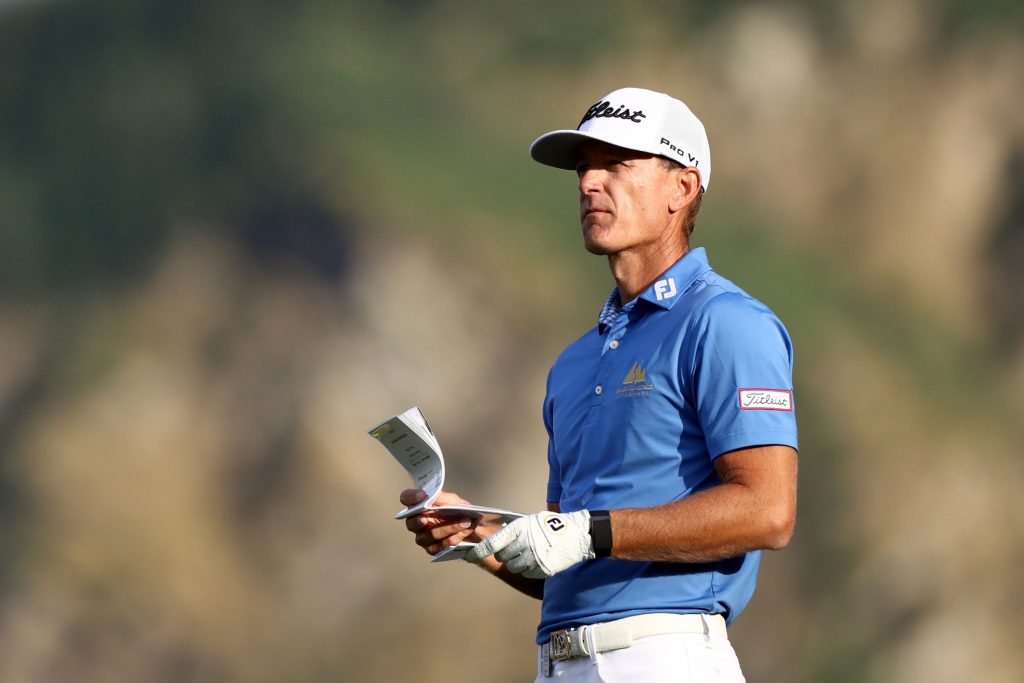
QUEENSTOWN, NEW ZEALAND – FEBRUARY 28: Berry Henson of United States looks on during day two of the 2020 New Zealand Golf Open at The Hills on February 28, 2020 in Queenstown, New Zealand. (Photo by Hannah Peters/Getty Images)
“MR CONSISTENCY”
He comfortably retained his Card in 2011, finishing 37th on the Merit list – replenishing his ailing bank account with nearly US$100,000 in earnings.
In 2018, he enjoyed his best finish on the Merit list, ending in 11th position with close to US$300,000 in winnings; while it was only when he was injured in 2016 that he finished outside the top-50, in 93rd place.
He says preparation has been the key to his success.
“Ever since I have come over here, I have felt that I am in the top percentile in preparing for golf tournaments. I feel that I am really good at picking the golf course apart. And if you look through my career, you can see I always played well on courses we have played for the first time.
“I know how to prep my game and pick apart a golf course a little bit quicker than, I think, most of the other guys do in Asia. And there are courses I always play well every year, Sentosa is one of them, Bangladesh I have always played well.”
He says he also has an ability to dig deep, never give up and make a cut when he is not playing well.
He adds: “Another thing that has allowed me to play consistently, is I have confidence over here, I enjoy playing here. I live at Black Mountain ― who have sponsored me now for seven years ― I live in Thailand, and so I am just able to prepare and feel very comfortable.”
His attribute of not giving up was never more evident than when he was beset by two wrists injuries in 2016 and 2017. He had two expensive surgeries on each wrist and played on a medical exemption in 2018.
Many may have crumbled under the pressure but he proceeded to put together what he considers his best year on Tour: he finished in the top-25 on 10 occasions, including a second-place finish in the Mercuries Taiwan Masters and five top-10s.
“I go very well when my back is up against the wall; I’ve always been a fighter. But I never had that really hot year like Jazz – but I feel like I have the ability and I am still trying. I have always played well in front, I just have not got in front enough,” says Henson, whose most recent win was the Long Beach Open in the US in 2013.
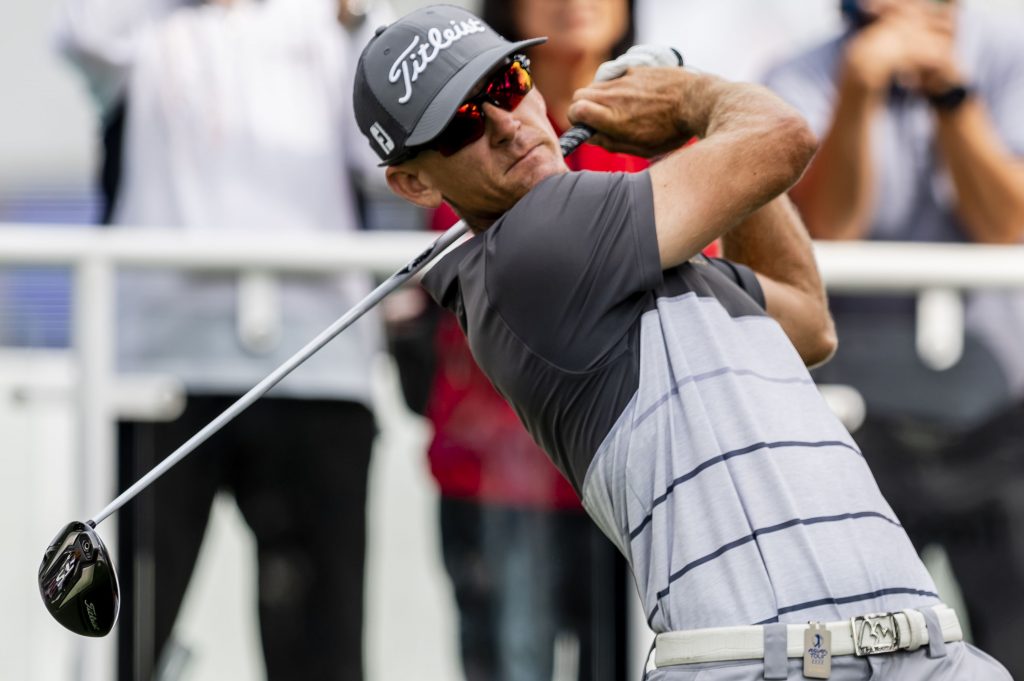
HONG KONG, CHINA – JANUARY 09: Berry Henson of United States tees off the first hole during the first round of the Hong Kong Open at the Hong Kong Golf Club on January 9, 2020 in Hong Kong. (Photo by Yu Chun Christopher Wong/Eurasia Sport Images/Getty Images)
KEEPING BUSY
And, so what has the outgoing American been up to since COVID-19 so unceremoniously stopped play on the Asian Tour, in March last year?
“It’s been difficult for everybody. The hardest part of the whole situation has been trying to decide when am I going to start playing golf again. I have kind of been going back and forth about going back to the US and I could have had a couple of starts in Europe, but I decided to stay [in Thailand] and see what was happening with the pandemic,” says the American.
“It has not been easy, it has been very difficult for me. I have always been a structured person and it’s been hard to maintain structure when there has been so much uncertainty. So I feel like I have got ready for golf about three times, and every time I get ready there is bad news. So that part for me has been pretty tough.”
He worked on gaining more swing speed during the first part of last year ― which caused a few small injuries, because as he says: “I have a mind of an 18-year-old and body of a 40-year-old”.
And, in addition to hitting the gym hard, he chose to pursue a couple of other interesting avenues.
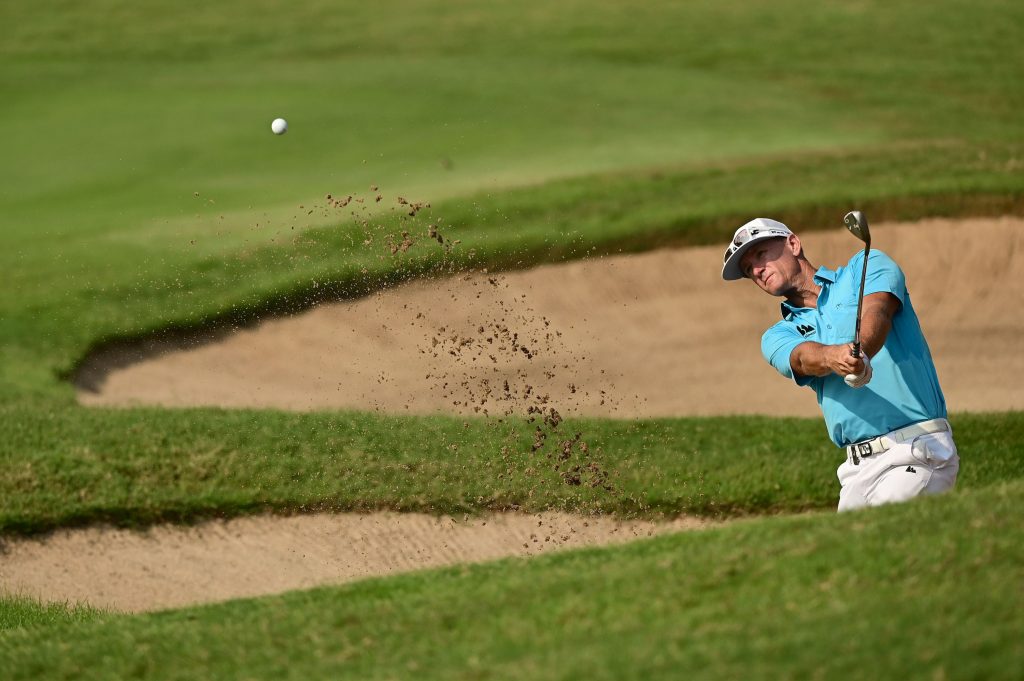
JAKARTA, INDONESIA – AUGUST 30: Berry Henson of USA pictured during the second round of the Bank BRI Indonesia Open at Pondok Indah Golf Course on August 30, 2019 in Jakarta, Indonesia. (Photo by Arep Kulal/Asian Tour/Asian Tour via Getty Images)
“I had to extend my visa, so the option was to get an education visa and study Thai. I studied Thai for four months. I did that two times a week and really picked up much better Thai vocabulary – which is a real benefit to my lifestyle,” says the American.
“But the major thing I have been doing is trading. I have always done some sort of trading, on the stock exchange, or trading cryptocurrency, but I have only dabbled in it since we have been playing but now since we have had time off I have really got into actively trading. And I started to learn about option trading and I have done very, very well. So I have turned into a workout fiend/Thai language student/day trader. And I have definitely played more videos game than I ever had before.”
More recently he also launched a social media challenge called #Thaispinner ― which sees players, some as prominent as Thai star Kiradech Aphibarnrat, submit videos showing them hit chip shots, played with the ball outside the back foot, which results in loads of back spin.
Thailand’s Thammanoon Srirot even sent one in of him skimming a shot across a lake.
Henson rejoined the Asian Tour’s Tournament Players’ Committee toward the end of last year, and is very keen to help the Tour ― and in so doing, repay them for helping his career.
“I have always tried to help the guys build their status and that is kind of what #Thaispinner is part of. Maybe some people don’t look at it that way but I like doing that stuff because it helps the Asian Tour. Those guys are so talented and everybody sees it and thinks it’s cool. Not many people in the world realize what these guys do around the greens. Building that content for not just the Thai players but the Asian Tour brings a lot of value.”
Clearly, and impressively, there is no time to rest for Berry Henson, even with an ongoing global pandemic.
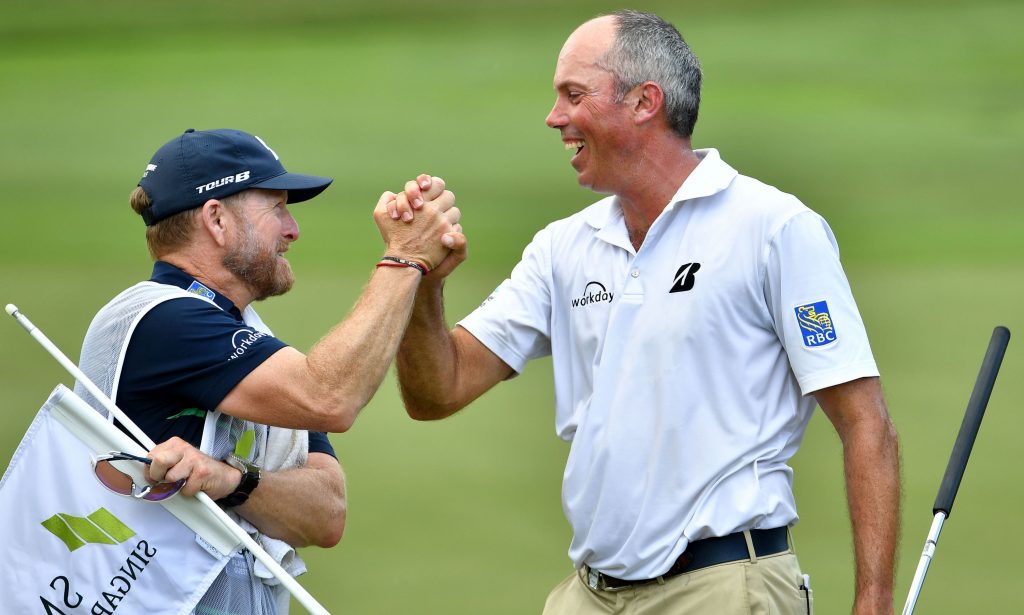
American Matt Kuchar was one of the marquee players at the SMBC Singapore Open last year, along with England’s Justin Rose and Henrik Stenson from Sweden. Having won bronze at the 2016 Olympics in Rio, behind gold medalist Rose, and silver-medal recipient Stenson, he arrived, somewhat, in their shadow. However, he proceeded to put the record straight in Singapore, by conquering the mighty Serapong course and departing like a gold medal champion. We look back at what was an epic edition of the prestigious tournament ― the final round of which was played on this day, a year ago.
Much was made of Matt Kuchar’s brave recovery from a triple-bogey eight on the seventh hole on The Serapong at Sentosa Golf Club to win the SMBC Singapore Open last year.
With England’s Justin Rose and two of Asia’s most exciting young golfers, Jazz Janewattananond from Thailand and Korean Joohyung Kim, hot on his heels the tall American shifted gear and toured the back nine in three under to triumph.
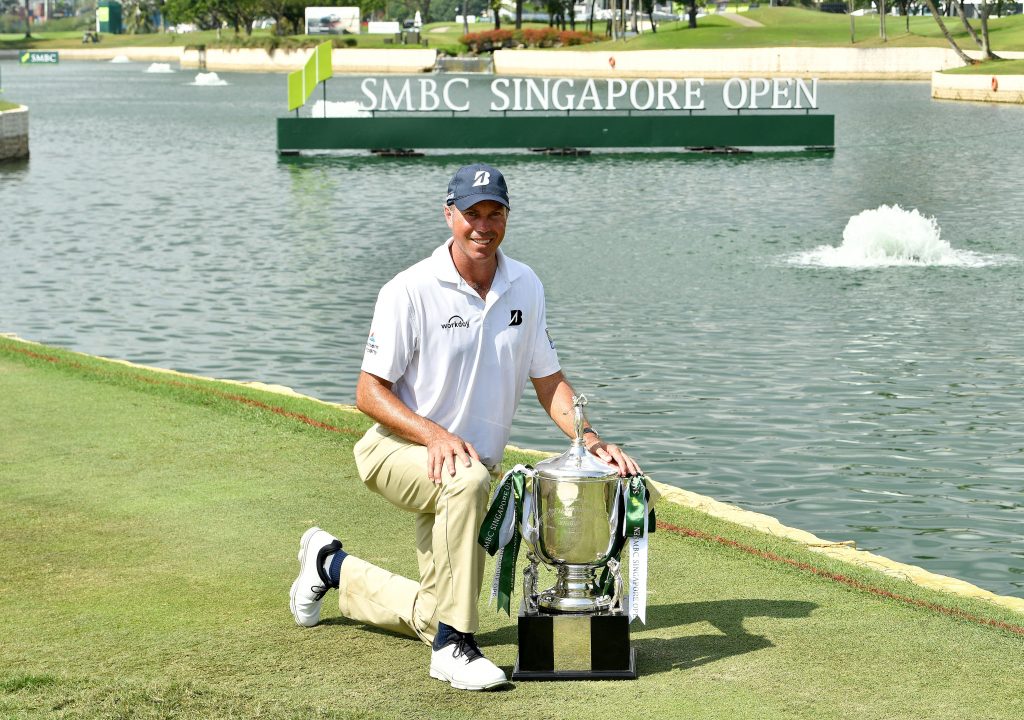
Picture by Paul Lakatos/Lagardére Sports.
But, in retrospect, there were a number of decisive moments during his march to victory ― not least an astonishing nine-under-par 62 on Saturday and a truly brave birdie on the 72nd hole, where calamity could have so easily intervened.
Kuchar, or “Kooch” as he is popularly known, was playing in Singapore for the first time and had been dialed-in all week. He fired a 66 on the first day to sit one back from the leader, Japan’s Kosuke Hamamoto.
He trailed Jazz ― an expert in this event having won it in 2019 and finished joint fourth in 2018 ― by two at the halfway mark, after shooting a 68.
And that sensational 62 on day three saw him open up a three-shot advantage from Jazz and Filipino Miguel Tabuena.
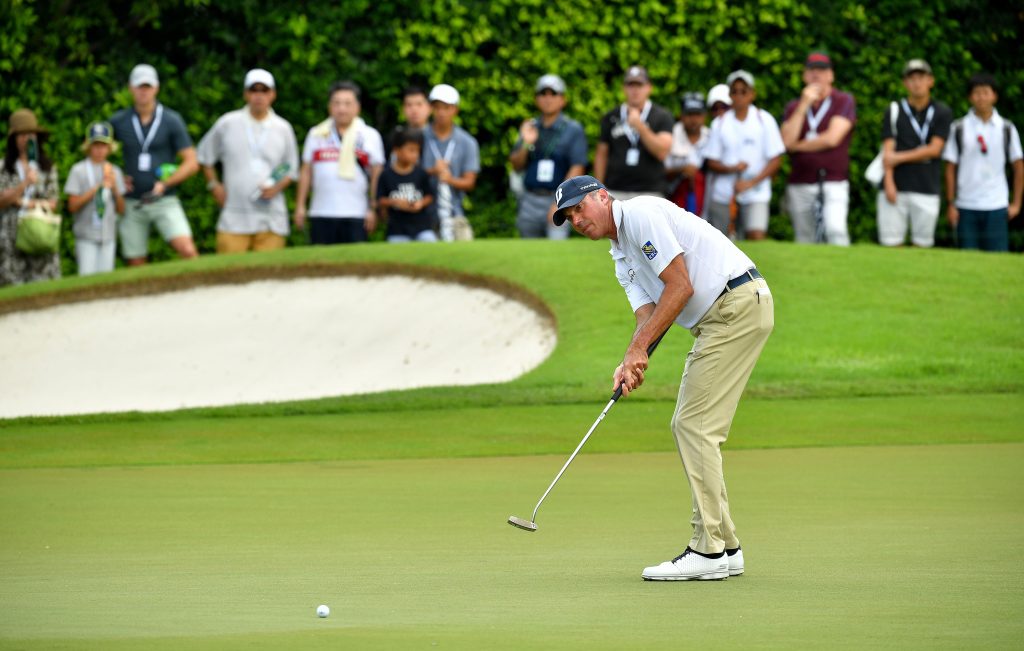
Picture by Paul Lakatos/Lagardére Sports.
The 62, was the work of a master practitioner, and was the lowest round since the Singapore Open moved to its permanent home at Sentosa Golf Club in 2005, with just three players having shot 63: Angel Cabrera of Argentina, the 2007 champion, South Africa’s George Coetzee and Song Younghan of Korea, who won in 2016.
Kuchar disarmed the Serapong with long, accurate driving, pinpoint approach shots and heat-seeking putts. Employing his trademark arm-lock putting style that he has used effectively since 2011, Kuchar needed just 25 putts in his eye-popping round that thrilled the large galleries who sent howls of approval around Sentosa.
The then 41 year old set up his birdie opportunities, the majority of them from close range, by hitting 11 out of 14 fairways with an average driving distance of 310 yards and finding 15 out of the 18 greens in regulation.

Picture by Paul Lakatos/Lagardére Sports.
He birdied the first, second, fourth, seventh, 10th, 14th, 15th, 17th and 18th in a round that will live long in the memory for those lucky enough to have witnessed it live.
On the final day, when Kuchar ― ranked world number 24 at the time ― birdied the par-five fourth to stay comfortably out in front, victory almost seemed a mere formality for the American.
But, from nowhere, a nightmare hole seven opened the door to his rivals.
He pulled his tee shot left into the trees and from there he had a bizarre air shot when trying to extricate his ball from the roots of a tree. After getting his ball back into the fairway, at the second attempt, he then lost a ball after hooking his approach into the undergrowth to the left of the green.
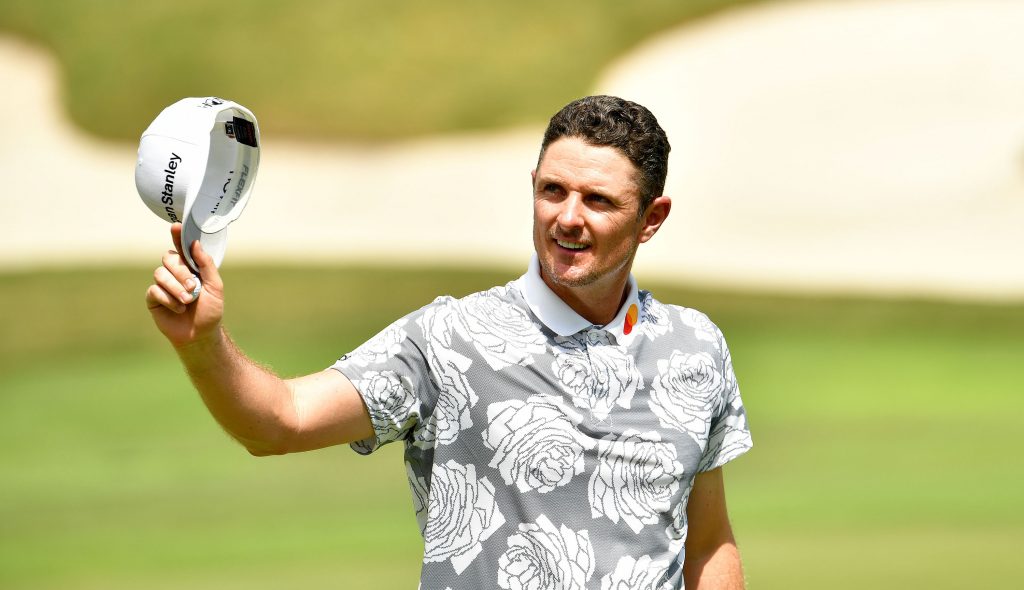
Picture by Paul Lakatos/Lagardére Sports.
His sixth shot found the green but he then faced an 80-foot putt and the strong possibility of a three putt. However, he drained his second putt, from 10 feet, for a triple, which saw him fall back into a tie with playing partner Jazz.
That setback would have been the beginning of the end for many but, clearly, eight was enough for Kuchar, as he responded magnificently to the challenge.
He did not drop a shot thereafter and birdied 11 and 16 to regain control and had a two-shot lead from Rose, playing in the group ahead, on the par-five 18th.
Trying to make sure he stayed clear of the lake on the left, he pushed his tee into a trap on the right, where he was fortunate the ball did not plug.
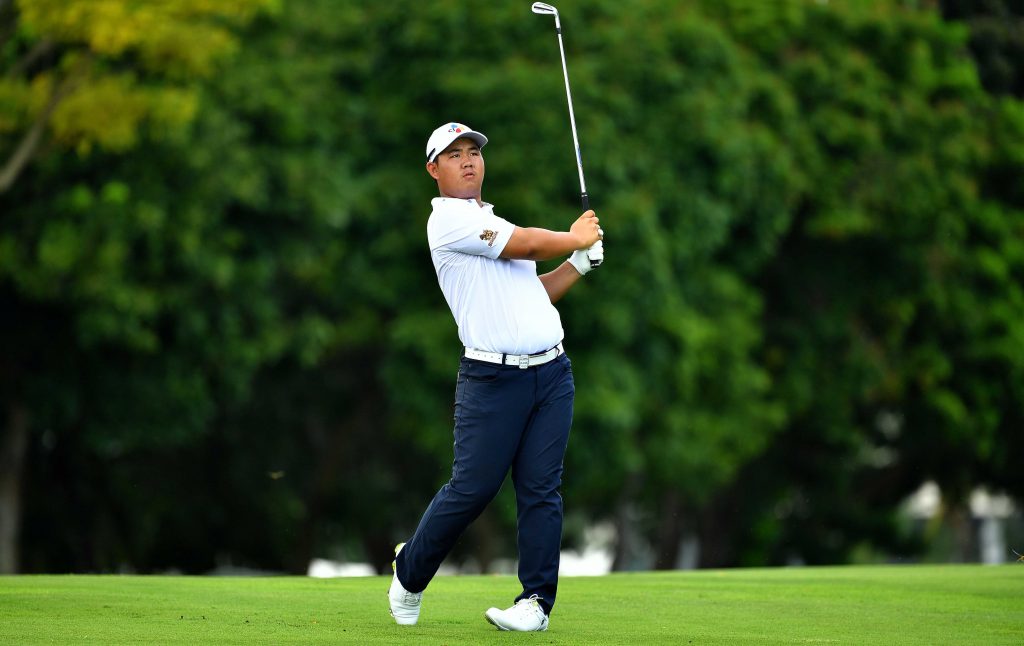
Picture by Paul Lakatos/Lagardére Sports.
He was left with a tricky bunker shot and could only splash it out into the fairway.
The American was then left with a long-shot of 230 yards to the green ― a huge challenge in the circumstances.
Remarkably, he struck one of the finest shot of his career to 20 feet and promptly holed the birdie putt for a famous victory.
His final round 70 saw him finish with a four round aggregate of 18-under-par 266 ― for which he earned a winners’ cheque for US$180,000.
“Golf and life have a lot of similarities,” said Kuchar, in his post round interview.
“When you face difficult times, it’s how you persevere and overcome those things.
“To make a great turnaround and play a great back nine to close out the tournament with birdies on the 16th and 18th was a real thrill. I’m awfully proud of being able to bounce back from adversity and not let hard things get the better of me.
Seven was a disastrous hole to make triple bogey there. I felt like I was cruising along and had a four-shot lead at that point and it was awfully comfortable.”
It was the 17th win of his career and first on the Asian Tour and Japan Golf Tour Organization.
Rose, helped by a brilliant back nine of four-under-par 31, finished three behind in second place after returning a 67.
Jazz took third spot thanks to a 71 while Kim, the 17-year-old wonder kid who had claimed his first title on the Asian Tour a few months earlier, ended in fourth place, after also signing for a 71 ― marking him down as a potential future champion of Singapore’s national Open.
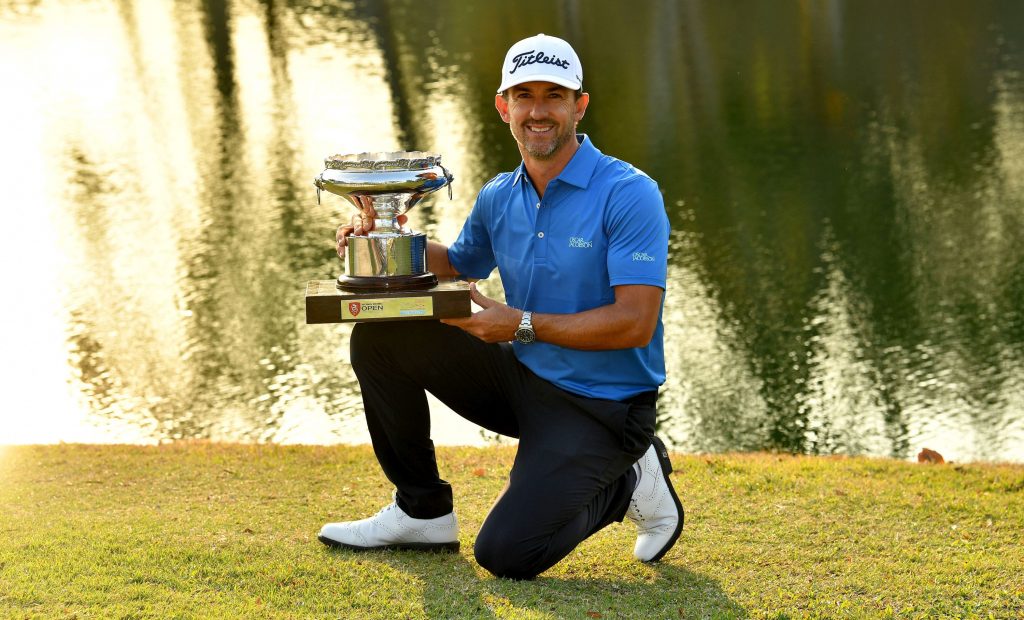
Wade Ormsby, understandably, says that after COVID-19 played havoc with last year, he almost forgot he actually won a tournament, the Hong Kong Open. But when we spoke to him, last week, about that dominant victory ― exactly a year ago today ― the memories quickly came flooding back.
To say Wade Ormsby was a driven man, seeking redemption, at last year’s Hong Kong Open at the Hong Kong Golf Club is probably an understatement.
There was real sense of commitment and purpose to his second victory in one of Asia’s blue-chip events and it all stemmed from bitter disappointment a few weeks earlier.
He had been in contention at the Australian PGA Championship at RAVC Royal Pines on the Gold Coast, but dropped shots over the inward stretch and watched his famous compatriot Adam Scott march to victory.
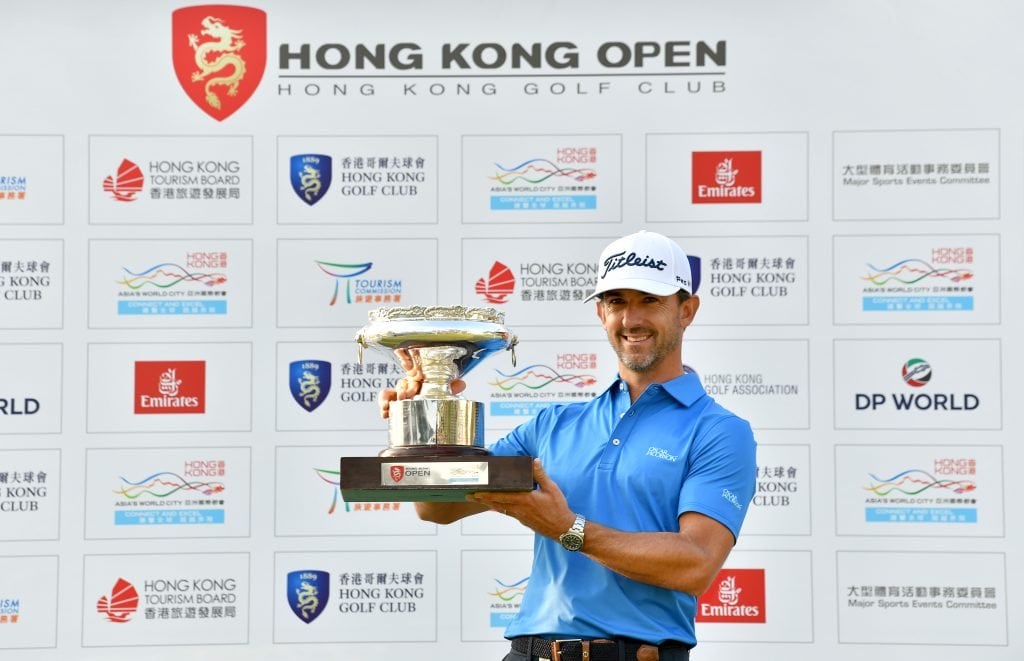
Wade Ormsby of Australia
“I gave myself plenty of opportunities, I just kept on messing up in the last 10 to 12 holes,” said Ormsby from his home in Adelaide.
“I tried to figure out what was wrong and I realised the mental part wasn’t playing ball. I had to do something about that in those few weeks off because I wasn’t a very happy camper. I was really driven after my annoying drive to the airport, Sunday night after the Australian PGA.”
And after his wife also advised him not to go back on Tour until he had fixed the issue he says he sat on the couch one night and went through all his possible solutions.
This process led him to make contact with Noel Blundell – one of Australia’s leading sports psychologists.
“He has been around a long time and I found him,” said Ormsby.
“I sent him an email and he replied to me straight away. I told him what I was feeling and we got straight to work, did a few intense sessions and away we went. I worked on getting my mind under control, working on my pre-shot routine, and just putting everything in its place from a mental point of view.”
Fast forward to Hong Kong, and Wade Ormsby 2.0 stepped onto the famous fairways at Fanling, home of the Hong Kong Golf Club.

He was considerate enough to let someone share the lead with him on the first day, Japan’s Tomoharu Otsuki. They shot five-under-par 65s.
But thereafter, Ormsby was rarely challenged, thanks to three stunning 66s.
He had a two-shot lead at the halfway mark, and was three ahead after the penultimate day.
And come Sunday afternoon, his four-round aggregate of 17-under-par 263 was four better than the man in second-place, Ireland’s Shane Lowry – the reigning Open champion.
Ormsby earned a cheque for US$180,000 and became the second wire-to-wire winner of the Hong Kong Open after England’s Aaron Rai (2018).
He says: “I made a messy bogey on the first hole on Sunday. I turned a double bogey into a bogey thanks to making a 12 footer. So that was quite key. But I then birdied two, three and four and that really swung the momentum back my way. If ever there was a time I was going to stumble it would have been at that point.”
Throughout the week he drew upon the work he had done with Blundell – which was key in helping him handle the intense pressure that came with leading from start to finish.
“I felt like I knew how to control my thoughts for once. I had led the tournament that long and just figured I should keep doing what I was doing and I would be fine,” added the 40-year-old, a three-time winner on the Asian Tour who currently leads the 2020/21 Order of Merit.

“There are a lot of different techniques sports psychologists use to work on: breathing, pre-shot routine and keeping the messages simple in your head. It is a combination of those things I used. I kept on going to them out there when you kind of need them. They don’t always work at the same time depending on your situation and how you are feeling. I was working very hard internally even though it might look pretty easy from the outside.”
He says Australian Marcus Fraser, his best friend on Tour, was there to give him a beer on 18 when he won but there was not much chance to celebrate as they flew off that night to the next event in Abu Dhabi – which is where he is heading to next week to start his season, with three events in the desert.
Ormsby triumphed in far more dramatic circumstances when he first claimed the Hong Kong Open in 2017. He was four behind SSP Chawrasia at the turn in the final round but was let back into the tournament when the Indian triple-bogeyed the ninth.
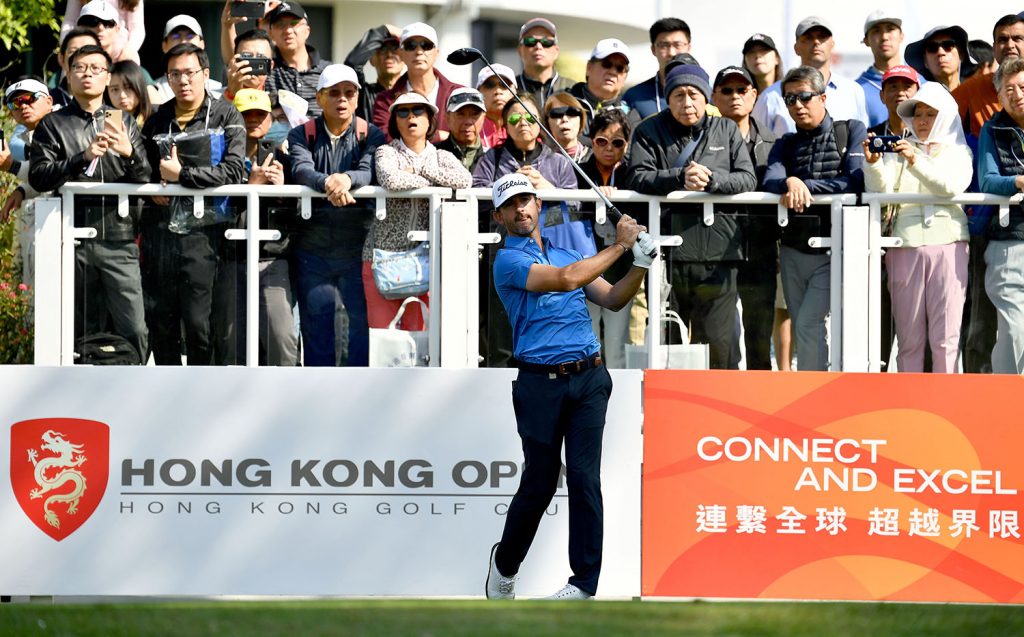
By the 18th, the Australian had a two-shot lead but he three putted for a bogey meaning Spain’s Rafa Cabrera Bello needed a birdie to win or a par to force a play-off. Fortunately for the Ormsby, Cabrera Bello carded a bogey to hand the Australian the biggest win of his career.
And why does Ormsby play so very well at the Hong Kong Golf Club?
Well, it’s just a matter of patience.
He says: “We all know Hong Kong Golf Club, it is a tricky place and you have to play it the way it is set up and don’t overpower it. Everyone has to play from the same spots more or less. It is a lot more about position and being patient. That is one of the fun things about it. And that’s why I like it so much and play well there.”
Ends.
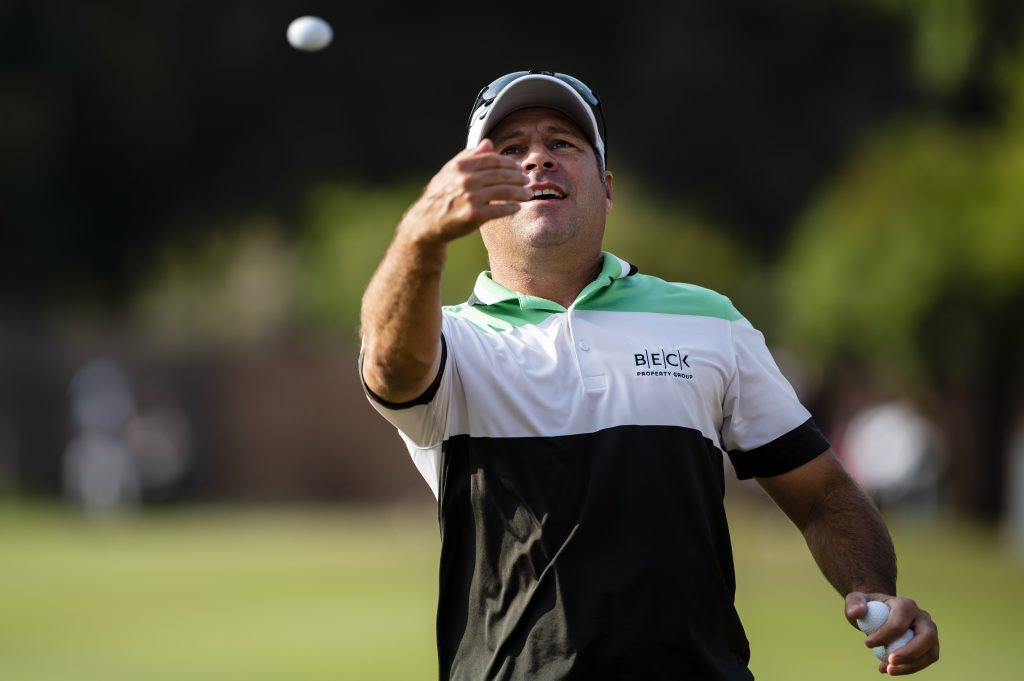
In the first of our new monthly Player Q&A series, we talk to Australian Terry Pilkadaris – not only the winner of three titles on Tour but also runner-up on nine occasions. It was a good time to speak to him as he had just come out of lockdown in Melbourne and has recently been nominated into the Asian Tour Tournament Players’ Committee.
This week the lockdown was lifted in Victoria – for the second time this year. You must be relieved. How difficult was the experience for you?
It was kind of hard. We got through it. You can’t do anything. We had a lot of restrictions: we could only travel 5km, that was the maximum we could travel, and we could only get out for an hour of exercise a day. So it was quite strict. We were locked down 23 hours a day so you look forward to your one hour of exercise.
What did you spend your time doing?
I got engaged in late August! In lockdown, Victoria and I were spending all this time together and we were getting along really well so I thought we should do the right thing. She has been great to me, we have travelled the last couple of years together out on Tour and she has been an absolute delight to be with. We have had an absolute ball.
And, I have been doing my PGA of Australia accreditation. So I was doing assignments and things like that. It is called a bridging course, so I get qualified to teach, be a club professional, and manage a pro shop.
I was teaching online as well, so people would send some stuff in and I would do some work with them.
When was the last time you played golf?
I think I played a game in June. I have basically played 18 holes since the Bandar Malaysian Open in March. I played a team event with Peter Wilson and we lost on the 19th hole and I thought, right that’s me done for now. I have been a Touring professional for 21 years and when you have no tournaments in sight there is no interest in practicing. The big thing is the thrill of the competition and we haven’t had that for a while.
But I needed a break as I was burnt out. We didn’t really stop from the end of last year. A six-week break would have been fantastic but unfortunately it’s been a lot longer, everyone has been struggling and locking down, so I have had a longer break.
Difficult to say but what are your plans?
We have just got to wait and see what happens with events. I think I would have got a start this week on the European Tour in Cyprus. There are a couple of events there. The problem we have though is I have not picked up a golf club since June, and haven’t been able to step foot on a golf course for 12 weeks. And then I would have to quarantine when I got back home – sit in a hotel for two weeks. It wasn’t a viable option to fly all the way to Europe and back. The problem with that is they also limit the number of people flying back into Australia – so it could take longer to get back.
How were you playing before lockdown in March?
I was playing pretty good. I had a top-10 in Hong Kong in January. I finished middle of the pack in New Zealand in March but I was running out of gas: I think I only had 10 days off between the Australian PGA at the end of last year and then Hong Kong this year. I was looking forward to a break but now it is frustrating, I wanna get out and play again. I will do some teaching and when we get a definite idea of when the tournaments come I will start prepping.
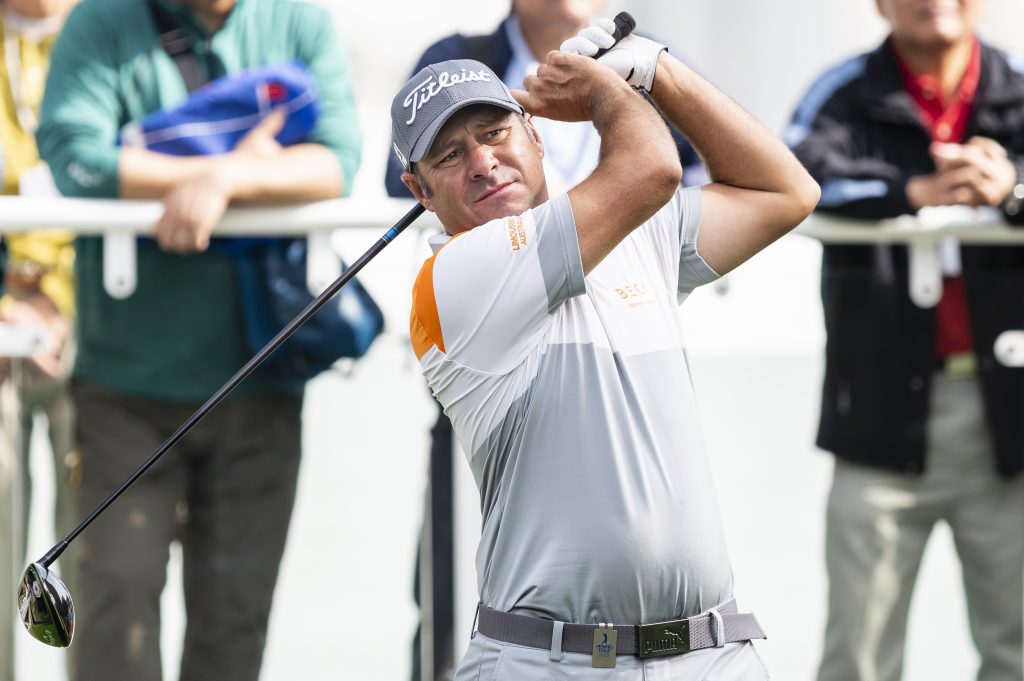
HONG KONG, CHINA – JANUARY 11: Terry Pilkadaris of Australia tees off the first hole during the third round of the Hong Kong Open at the Hong Kong Golf Club on January 11, 2020 in Hong Kong. (Photo by Yu Chun Christopher Wong/Eurasia Sport Images/Getty Images)
Have you been working on your fitness?
Yes. I am four to five weeks into a 12-week programme. It is a club head speed programme, so I am working with Paul Mews, who is a long-drive guy ranked in the top-five in Australia and also a personal trainer. He has written up some programmes for me. So I have increased my driver head speed by six miles an hour and we want to get it up to 10 miles an hour quicker – so we are on our way. It is a 45-mnute programme, five days-a-week. There is a lot of body weight stuff and band work. When I get back on Tour this will help me get some extra distance which will be a huge bonus. I need an extra 10 metres. But doing all these burpees I realize I am not 25 anymore. I don’t know what happened, I remember being 31 and now I am nearly 47!
This weekend will be the 16th anniversary of your win at the Sanya Open – which came a week after you won the Crowne Plaza Open in Shanghai. You must still remember those amazing two weeks well?
Absolutely. The first one, Crowne Plaza at Tomson Golf Club. We had played the BMW Asian Open there in May and as soon as I found out it was on I thought I can win this one because I liked the course and it just suited my eye. Leading up to it I was playing well and should have won the Korean Open but finished fourth and finished second in the Taiwan Open a few weeks later. I just played nicely and didn’t make too many mistakes. It helped the course was set up like a Sandbelt course in Australia – the greens were fast and firm.
Sanya was a different type of golf course, it was windy, but I was shooting the lights out and playing well. I ended up in a play-off with Clay Devers and I remember his caddie looked as if he had 10 Red Bulls, he was just bouncing off the walls and was really pumped up, more than Clay. I won it on the second play-off hole after hitting my second to a foot. Clay had a 40 footer for birdie and after he missed he picked up my marker and congratulated me but the ref stepped in and said no no I had to putt out. But I tapped it in and all of a sudden it’s back-to-back wins. Wow! It was bizarre.
The Korean Open was a big influence. I had the lead and I was playing with Ernie Els – who was number three in the world at that time. I was going toe-to-toe with him. I was leading by four at one point and had a one-shot lead going into Sunday but I made triple on 14. But I was talking to Ernie afterwards and I asked him what do you think of my game and he was full of praise and that gave me the confidence to go on.
This week you were elected to the Tournament Players’ Committee of the Asian Tour. What are some of the things you are hoping to achieve?
I have been out here long enough and feel like I can contribute. It’s going to be a lot of work and I am looking forward to it. I want to go more on the players perspective and I have some ideas on what I would like to see happen. Having been out here 21 years I have seen how some things have worked and how some things haven’t worked. But I am really looking forward to getting going once the Tour is up and running. I definitely feel revived and ready to go!
Ends.

Ormsby and Simsby start first at WGC event
By - simon
[addtoany]

The Asian Tour’s top two ranked players all set for big event.
Australia’s Wade Ormsby and American Trevor Simsby – the Asian Tour’s top-two ranked players on the Order of Merit – will play in the opening tee-times today in the World Golf Championships-Workday Championship at The Concession, in Florida – the first WGC event of the year.
Ormsby – ranked first on the Merit list thanks to his win in last year’s Hong Kong Open – tees-off at 10.58am (Florida time) with South African Eric van Rooyen and Brendon Todd from the Unites States.
Last year’s Malaysian Open winner, Simsby, starts at the same time, but on the 10th with Australian Minwoo Lee – the brother of LPGA star Minjee Lee.

(Photo by Sadiq Asyraf/Getty Images)
The tournament is being played at The Concession Golf Club, and boasts prizemoney of US$10.5 million. The event was due to be played in Mexico but logistical challenges, posed by the COVID-19 pandemic, meant the location had to be changed.
Ormsby claimed the Hong Kong Open last January, for the second time in his career, and shot to the top of the Asian Tour Order of Merit.
Simsby soon joined him near the top of the Merit list by winning the Malaysian Open in March, before the pandemic brought the season to an abrupt halt.
This will mark the third time Ormsby has played in a WGC event, while its Simsby’s debut.
American Patrick Reed claimed the title last year; his compatriot Dustin Johnson triumphed in 2019 and 2017; while another American Phil Mickelson won in 2018.
World number one Johnson starts as hot favourite and has been paired with compatriots Brooks Koepka and Patrick Berger.
WGC events feature a field a of 72 players with no halfway cut.

We look back at Thongchai’s remarkable success at Saujana.
Thailand’s Thongchai Jaidee successfully defended his Malaysian Open crown on this day, 16 years ago. Perhaps, more than any of his victories – to date he has claimed 13 on the Asian Tour, and eight on the European Tour – this event defined him as a player. We look back at those two memorable victories, both played at Saujana Golf & Country Club.
Thongchai Jaidee had already tasted victory on five occasions by the time he arrived at the Malaysian Open in 2004.
In fact, he had claimed the Myanmar Open the week beforehand – for the second time in his career – and so started the National Open of Malaysia as one of the favourites.

KUALA LUMPUR, MALAYSIA – FEBRUARY 22: Thongchai Jaidee of Thailand poses with the trophy for winning The Carlsberg Malaysian Open Golf at Saujana Golf and Country Club on February 22, 2004 in Kuala Lumpur, Malaysia. (Photo by Stuart Franklin/Getty Images)
Ace Performance
He faced a formidable field as, for the fifth year on-the-trot, the tournament was jointly-sanctioned by the Asian and European Tours. Ireland’s Padraig Harrington – who was beaten in a play-off by Fijian Vijay Singh at the event three years before – Denmark’s Thomas Bjorn, Irishman Paul McGinley and Sweden’s emerging young star Henrik Stenson, were some of the headline acts.
It was, no doubt, the quality of the field that helped contributed to Thongchai’s virtuoso performance.
That week, he created a piece of European Tour history when he became the first player from Thailand to win on the European Tour – the anniversary of which is on Monday, February 22 – with a two-stroke victory over Australian Brad Kennedy.
After struggling on the front nine on Sunday, he raced home in a blistering 30 strokes, highlighted by that most celebrated of golf shots – an ace on the par-three 16th.
He had been tied for the lead with three holes to play and magnificently rose to the challenge by spectacularly sinking a six iron from 188 yards, for the second ace of his professional career. A birdie on the last gave him a closing round of 68, four under par, for a 14 under par total winning total of 274.
Hs compatriots Prayad Marksaeng and Chawalit Plaphol, tied for third, four shots back, along with Frenchman Thomas Levet.
It was also Thongchai’s third win in six starts, as he also won the Volvo Masters of Asia at the end of 2003.
“It’s been my dream to play on the European Tour and now I will have to get used to life in Europe,” he said. “I’m looking forward to taking the opportunity to play alongside some of the best players in the world.”
The winners’ cheque of €158,153 (approximately US$191,000) was the largest of his career at the time, and he also became the sixth player from the Asian continent to win on the European Tour, along with India’s Arjun Atwal, Isao Aoki from Japan, Korean KJ Choi, Taiwan’s Yeh Wei-tze and Zhang Lian-wei from China.

KUALA LUMPUR, MALAYSIA – FEBRUARY 20: Thongchai Jaidee of Thailand with the trophy for winning The Carlsberg Malaysian Open at Saujana Golf Resort on February 20, 2005 in Kuala Lumpur, Malaysia. (Photo by Stuart Franklin/Getty Images)
Back-to-back brilliance
The circumstances of his victory the following year were somewhat more relaxed, as he started the final round with a six-shot lead and eventually triumphed by three, but there were a few anxious moments when Stenson and India’s Jyoti Randhawa, the closest challengers, sensed an opening.
Thongchai bogeyed the ninth and then drove out of bounds with a hooked drive on the 11th; but he steadied the ship with his second ball: holing from eight feet to drop just the one stroke and maintain a two-stroke advantage.
At that stage most of the pressure was coming from Stenson who was making huge strides into the seven shot deficit he faced at the start of the round. Four birdies on the front nine closed the gap to three and his birdie on the 11th left him only two adrift.
But 13 lived up to its tag and proved unlucky. Pressing for an eagle three, Stenson misjudged the wind and pulled his seven iron approach. His ball ended up sitting on top of the rocks by the edge of the water and, in attempting to nick it clean off the stone, the clubhead bounced and he only moved the ball forward a few feet. His next chip ran 10 feet past and, to his astonishment, the par putt stayed out.
Thongchai, playing in the final group behind Stenson, responded with a birdie on that hole: pitching to within a couple of feet to restore his four-shot cushion over the Swede.
Thongchai’s closing 70 gave him a winning total of 21-under-par total of 267 – three clear of Randhawa, with Stenson a further shot adrift.

KUALA LUMPUR, MALAYSIA – FEBRUARY 20: Thongchai Jaidee of Thailand plays his tee shot on the 15th hole during the final round of The Carlsberg Malaysian Open at Saujana Golf Resort on February 20, 2005 in Kuala Lumpur, Malaysia. (Photo by Stuart Franklin/Getty Images)
The Thai star’s win saw him join a select group of players to have won the event back-to-back, the others being: Australian Graham Marsh (1974-75), and Japan’s Tomo Ishii (1964-65).
It also earned him a cheque for €156,763 (approximately US$190,000) and it was his seventh Asian Tour victory, placing him alongside Korea’s Wooksoon Kang as the most prolific winners on the Asian Tour at the time.
“This feels fantastic,” said Thongchai. “This win is better than last year. I just told myself to play my own game. The driver didn’t work well for me today but the irons worked nicely.”
Thongchai would go onto to win another 10 titles on Tour after that and complete his place among the greats of Asian golf

A fascinating Q & A with the Myanmar legend – who turns 60 today.
We asked Myanmar legend Kyi Hla Han, who turns 60-years-old today, nine questions about his unparalleled 25-year playing career.
Favourite tournament?
My career spanned 25 years. In the early 90’s the Johnnie Walker Classic was one of the best tournaments in Asia. It was played on really good courses with top-class star players and the atmosphere of the event was incredible. The same goes with tournaments in Australia – like the Australian Open and Australian Masters. It was fun to play in Melbourne.
In Asia in the last 15 years, the Singapore Open, the Maybank Championship and the Hong Kong Open are my favourite events; they are played on really good courses and the events have a great atmosphere.
Favourite course?
I don’t have a real favourite but I prefer the old traditional layouts. During my career I was fortunate to play the Sandbelt courses in Melbourne; Kingston Heath and Royal Melbourne are, in particular, my favourites. Especially the way the holes are designed, the bunkering, and the fact they test shot making. They don’t favour a particular kind of shot, you need to play all kinds of shots. Even in recent times the scores were not low on those courses, which shows that power doesn’t come into play. The same would apply to great Open courses like Muirfield, Carnoustie, Royal Birkdale etc. I would love to have played US Opens on traditional layouts like Winged Foot, Baltusrol, Marion etc
Closer to home, Sentosa’s Serapong Course is right up there, as is the Composite Course at the Hong Kong Golf Club ― used during the Hong Kong Open ― plus Delhi Golf Club and Royal Calcutta, come to mind. There are a lot of good courses in Thailand too.

(Photo by Paul Lakatos/Asian Tour via Getty Images)
You won 12 times during your career. Which one did you enjoy the most?
My best win would be the 1999 Volvo China Open. It was raining and windy all four days and I won by eight shots. My father walked with me for all four days in that weather and he was 75-years-old! After that win I played well all year and won the Asian Tour Order Of Merit. The 1994 Singapore Open at Tanah Merah and the 1997 Rolex Singapore Masters at SICC Bukit were also memorable, and ironically I’m living in Singapore now!
Best thing about being a Tour pro?
I had wanted to be a pro golfer since I was 10 years old. I’ve been very fortunate to pursue a sport that I loved. Traveling all over the world, meeting new people, making so many friends, and playing a lot of great tournaments and golf courses. I was the only Asian playing in Europe in the 80s and in Australia. I cherish those moments. And, now that I have stopped playing, I reflect on those moments all the time.
I played in Europe for about five years. When I didn’t get into the main tour events I played the tours in Sweden and France, Germany and Italy. There wasn’t a structured Challenge tour in those days. In those days we kind of made up our own tour and a lot of players just travelled together. In the summer I played in Europe and then in October I went to Australia. And then I played the old Asian Tour from February to April. Without any centralized circuit we played around the world. Pretty much most of the players did the same thing.
I tried the US PGA Tour Q School five times, and got to the finals but never really got my card. I could have stayed there more, and played mini tours, but I decided the best thing was to play around the world. Maybe I was just burnt out by the time I played in their Q School in September/October. That was a disappointment but I have had a lot of enjoyment from being a Tour pro.

(Photo by Stanley Chou/AFP via Getty Images)
Most nervous you have been on the course?
The first tee shot at St Andrews in the 2000 Open Championship, and also the first tee shot playing with Tiger Woods in the 2000 Johnnie Walker Classic at Alpine, in Bangkok. The first tee shot was nerve-racking, but after that I was okay. Thinking back, it’s those nervous moments that I cherish. I miss the competition and playing with a lot of pressure, even if your heart is beating like crazy and your palms are sweaty … it’s what I miss.
What do you consider is the best shot of your career?
I really remember the drive I hit on the last hole of the 1994 Singapore Open at Tanah Merah. I had a one-shot lead and I knew if I hit a good drive I’d be ok. I was really nervous but I hit the longest and straightest drive of the four days. The first three days I had a four or five iron in for my second on that hole but I had an easy seven on the last day. I used a Callaway Big Bertha – they had just come out – and a Titleist balata 90. I used that ball because it was soft, it didn’t go far, but with my irons I got a lot of control, I like to work the ball.
Worst shot of your career?
I shanked a shot playing with Tiger Woods in the 2000 Johnnie Walker Classic. That was probably the most embarrassing because it was a par five at Alpine. It was over water and I hit a great second shot just over the green and was looking at a birdie; it was an easy chip but I shanked it and I made six.
And, there was once in Australia when I was leading a tournament and I had a two-shot lead going into the last day. The first hole was a par five and I hit my second 10 yards short of the green but I basically just chunked my third and made six, and pretty much didn’t have a good round.

(Photo by Paul Lakatos/Asian Tour/Asian Tour via Getty Images)
Your best ever putt?
It wasn’t through putts that I won tournaments, there wasn’t a key putt. I remember the putt I made on 17 in the Korean Open in 1999, I was going head-to-head with KJ Choi. I was one behind and I had a 30-footer downhill that was almost impossible to make, but I holed it to put some pressure on him and to go one back into the last hole. I hit a great shot into 10 feet on the last but I missed it and I lost by a shot.
And the same year in the Taiwan Open I was one behind, and I made a 20-footer on the last hole to put pressure on Wooksoon Kang, but he made a 20-footer on top of me to win by one.
I made those putts when I really needed them; I still think about those putts. I was using the broom handle putter then ― I had switched in 1996 ― and I am still using that putter today. It’s in my bag; they don’t make them anymore.
Who is your favourite golfer?
I grew up admiring Jack Nicklaus. My father was a big fan of Jack and he gave that book Golf My Way by Jack Nicklaus. I basically learned a lot from that book. I was 10 years old and that book was my bible. I met Jack at the 2013 Presidents Cup, when it was held at his course Muirfield Village in Ohio. I was Chairman of the Asian Tour, and I got to have lunch with him. I told him that I learned golf from his book and he said he’d give me another one with his signature on it!
Nowadays it would be Tiger Woods. When I played with him in 2000, I could see that there would not be a player like him for a long time.

Han in action during the Johnnie Walker Hongkong Open in 1989. (Photo by Chu Ming-hoi/South China Morning Post via Getty Images).

Chinese star has words of wisdom as we enter year of the Ox.
Former Asian Tour number one Liang Wen-chong, from China, has called for “everyone to work together to fight off the pandemic”, and has taken a safe and sensible approach to the life-changing developments caused by COVID-19.
Speaking from his home in Hengdian, Zhejiang Province, China ― where he is currently celebrating the Lunar New Year with family and friends ― he said: “In what has been a season of rest, for most of last year, I told myself to stay positive. The pandemic is something that will catch you off guard, but it has since become a norm for most. What we need to do is to adapt to it and make changes to our daily lives.
“It’s a new knowledge, so we need to have patience and face it with determination. Everyone needs to work together to fight off the pandemic, hoping life will return to usual in the near future.

(Photo by Arep Kulal/Getty Images)
“Thanks to this pandemic, I have learned how important it is to stay physically fit. Regular exercise can improve your resistance to virus. Therefore, golf is a good option too.”
The 42-year-old played in the Asian Tour events at the start of last year, before the pandemic hit, and was able to compete in a couple of events in Japan, at the end of the year.
“The pandemic affected all golfers and Tours; schedules were changed; tournaments were postponed or suspended. I can only stay at home when there are no tournaments to play. It was back to playing my role as a father and doing my best to adhere to all safety measures.”
Liang has enjoyed a decorated career, to date.
He succeeded his mentor Zhang Lian-wei ―China’s pioneering first world-class player ― by recording achievements after achievements, including: winning three times on the Asian Tour; claiming two titles in Japan; becoming the first player from the mainland to compete in the US PGA Championship; and, at the Open in 2008, becoming the first Chinese golfer to make the cut at a Major.

(Photo by Zhe Ji/Getty Images)
It was in 2007 when he won the Asian Tour Order of Merit title, the first player from China to achieve that feat. That year he also claimed the Singapore Masters ― which was co-sanctioned by the Asian Tour and the European Tour, and meant he became the second golfer from China to win on the European Tour, after Zhang.
“In this brand new 2021, I hope to return to the golf course for more tournaments and obtain good results,” added the Chinese star.
“My long-term goal in golf is to try and prolong my golfing career for as long as I can; maintain my competitiveness on the golf course; and at the same time, do my best in promoting and developing the game across the region.”

Nearly a quarter of a century ago, a 21-year-old Tiger Woods won the Asian Honda Classic in Bangkok – amid wild and, at times, frenzied scenes.
It is hard to believe that it was on this day 24 years ago when American Tiger Woods took Bangkok by storm and claimed the Asian Honda Classic at Thai Country Club, just outside Bangkok.
The region had rarely witnessed such a sporting occasion and the world’s media turned out in full force to cover his every move.
The young American had arrived in the Thai capital to much pomp and ceremony and at times frenzied excitement.

(Credit: Richard Castka/Sportfive)
He had competed in Thailand once before ― as an amateur in the 1994 Johnnie Walker Classic at Blue Canyon Country Club in Phuket ― but this was the first time he was playing there as a professional.
Aged 21 years old he was accompanied by his mother, Kultida, who grew up 70 miles north of Bangkok; she proudly chaperoned him throughout the week.
He was also surrounded by tight security during the trip ― which was much needed amid wild welcoming scenes at Don Muang airport.
Having only just turned professional the year before, he had already claimed three titles on the PGA Tour, although at this point he had not won Major.
Woods cruised to a 10-shot victory in the US$300,000 event; which also saw Australian Steve Elkington, Frank Nobilo from New Zealand and American Curtis Strange competing.

(Credit: Richard Castka/Sportfive)
He shot rounds of 70-64-66-68 for a brilliant four-round aggregate of 20-under-par 268; Korean Mo Joong Kyung secured second place.
He treated the fans to a level of golf they had never seen before, including driving the 389-yard par-four 10th hole during the third round.
It was a stunning performance, with his helicopter rides to and from the course adding to the spectacle.
Thousands of fans chanted his name as he walked down the 18th fairway on Sunday.
After the win, Tiger said: “Winning is great, but to win here in Thailand is something special. This is like home to me.”

(Credit: Richard Castka/Sportfive)
“I knew my swing wasn’t working well,” added Woods. “I made some bad shots out there, but I made some key putts and that’s what wins golf tournaments.”
Woods, who earned a cheque for US$48,000, had five birdies during the final round and nearly eagled the fourth hole. He had a bogey on the 17th hole when his drive sliced into the water.
Two months later he was to go on and win the US Masters for the first time ― by the incredible margin of 12 shots ― and commence a career that would see him win 15 Majors and 82 PGA Tour titles.
But few will forget how things began for him during that unforgettable week at the Asian Honda Classic ― nearly a quarter of a century ago.

Indian star Shubhankar Sharma – who won the Maybank Championship on this day three years ago – is hoping to play well this week in Saudi Arabia, after a strong showing in Dubai.
India’s Shubhankar Sharma feels he kick started his season with an encouraging performance in the Omega Dubai Desert Classic last week ― where he finished in a tie for 22nd place ― and is hoping to build upon that result in Saudi Arabia this week.
“I was playing so much better than what the score showed,” said the 24-year-old, who would have finished much higher if not for dropped shots over the closing holes. He three-putted the 15th for a bogey, dropped another shot on the next, after failing to get up and down, and made the green in two on the par-five 18th but three-putted once more.
“It was kind of a bummer in the end but it is fine. You have to look at the bigger picture and take things into perspective: I had a decent week; I played pretty solid; I hit the ball really well. I obviously left a few shots out there, especially on the weekend, but I am really happy with the way I battled hard,” added Sharma, who has been paired today with Jhonattan Vegas from Venezuela and Brandon Stone from South Africa in the first round of the Saudi International.

(Photo by Ross Kinnaird/Getty Images)
“We gave it our all and conditions were not easy, especially the last two days when it got really windy. We hung in there and I am pretty pleased with the result, considering it is only the second event of the season. There is still a long way to go but it gives me something to build upon now.”
The Indian star missed the cut in Abu Dhabi the previous week: which he says what partly because a fog delay on day one, which saw him get stuck in poor weather and meant he had to finish his first round on Friday, and also because he drove the ball badly.
He said: “I really worked hard on my driving after missing the cut, and it paid off as my driving was one of the best parts of my game in Dubai, and that is why I had some good scores.”
CHANDIGARH BREAK
Sharma said he was also refreshed from a month’s break, at home in Chandigarh.

JOHANNESBURG, SOUTH AFRICA – NOVEMBER 19: Shubhankar Sharma of India plays his second shot on the 10th hole during Day One of the Joburg Open at Randpark Golf Club on November 19, 2020 in Johannesburg, South Africa. (Photo by Stuart Franklin/Getty Images)
He spent the time working with his long-time coach Jesse Grewal as well as Gurbaz Mann.
“Every time you go home you work on rectifying the mistakes of the previous year. Jesse has been my coach since I was 10 years old, while Gurbaz ― a former Asian Tour player ― came on board the last four or five years,” said Sharma.
“I worked a lot with Gurbaz: he built all my clubs, we got new irons in ― same model, just a newer set ― changed wedges and worked on the putter and the three wood, and did some tweaks. I worked on my swing with both of them. It was quite useful that one month I had back there. We worked on small things. I think every golfer has certain tendencies they are trying to avoid and it’s the same with me. I get into these bad habits and tendencies which I have to keep fixing.”
He also spent a lot of time in the gym trying help his body recover from a challenging 2020 playing on the European Tour.
He said: “Last year was especially long for me, especially towards the end; I was out there for almost five months. That definitely took a toll on the body, especially being in the bubble and not being able to travel, not being able to go outside, just being in the hotel and golf course. There were a lot of small issues in the body we had to fix. I was working a lot with my physiotherapist and my trainer back home. I think that helped me even more than going to practice.”
Sharma was stuck at home for about two months at the beginning of last year when COVID-19 first put the world into lockdown. He didn’t play any golf during that period, apart from practicing his chipping at a park in front of his house.
RETURN TO EUROPE
But he said the layoff did allow him to reset mentally and physically before returning to action on the European Tours, for their UK Swing in August.
“I was not at my best in the beginning,” said Sharma, who missed the cut in five out of his first six events.
“I was struggling with my swing – I was slightly rusty – and the weather in Europe. I made some mental mistakes in the first few rounds and that saw me exit before the weekend. But you learn so much more from being out on Tour compared with being home and practicing. You get feedback from playing in tournaments and that really helps.”
“But after that, since Portugal in September, I started to play really well. I was really happy when I played well all the weeks when it was really cold: the BMW PGA Championship, the events in Ireland and Scotland ― it was really cold and we don’t grow up playing in that weather in Asia.”
MAYBANK MAGIC
While this week he will be looking to build on his Dubai result, he will also hope to draw on what he achieved on this day three years ago: winning the 2018 Maybank Championship in Malaysia.

KUALA LUMPUR, MALAYSIA – FEBRUARY 04: Shubhankar Sharma of India poses with the trophy after winning the 2018 Maybank Championship at Saujana Golf and Country Club (Photo by Arep Kulal/Asian Tour/Asian Tour via Getty Images,)
“Maybank changed my life,” said Sharma.
“It got me into a lot of big events: I played all the Majors that year.”
He won the Maybank tournament ― which was joint-sanctioned by the Asian Tour and European Tour ― after shooting a final round 10-under-par 62, having started Sunday four off the lead.
The win also came less than two months after he claimed the Joburg Open ― which was also jointly-sanctioned and his maiden win on both Tours.
“I have great memories of that 62. I remember going out on the last day, I wasn’t really thinking of winning. I had a fever the week before and I was just starting to feel better that week,” he said.
“I was just hoping for a good round on the last day and finishing in top 10. I didn’t make birdie on the first hole, which is an easy par five, but I made birdie on four, five, six, seven and nine. I was five under on the front.
“It was one of those days when I wasn’t missing too many shots, and everything fell into place. I looked at the leaderboard on 16 and realized I was two or three ahead but the leaders were way behind me, on nine or 10, and so they had a lot more holes to play.
“I just told myself to keep giving myself chances and that it is not over until it’s over. I was eight under [for the round], missed a birdie on 16 but birdied 17 and 18 and once I did that I knew it would be very hard to catch me. It was a great feeling, I left it all out there.”

Berry Henson has been keeping busy during the pandemic. We caught up with him at his home in Hua Hin.
Berry Henson is one of the Asian Tour’s great personalities and, indeed, success stories: since earning his card a decade ago, he has finished in the top-50 on the Tour’s Order of Merit every year, bar one. As the game is temporarily in “recess” in Asia, we thought it an opportune time to speak to him about his career playing in the region and ask him how has been spending his time during the coronavirus pandemic. As we found out, he has been busy …
It is fair to say Berry Henson has enjoyed the best of both worlds: the two worlds being California, “The Best Coast”, as it is popularly known, and “The Kingdom” of Thailand ― the former being his place of birth and home in the United States, and the latter his adopted home for the past 10 years.
You would probably only leave California if you were going somewhere as idyllic as Thailand, but, in Henson’s case it was also a matter of urgency: he needed to secure status on one of the world’s leading Tours ― and the Asian Tour was his last chance.

JAKARTA, INDONESIA – AUGUST 30: Berry Henson of USA pictured during the second round of the Bank BRI Indonesia Open at Pondok Indah Golf Course on August 30, 2019 in Jakarta, Indonesia. (Photo by Arep Kulal/Asian Tour/Asian Tour via Getty Images)
IN THE BEGINNING
“I remember the first day I landed in Thailand; I felt so far away from home; it was wild,” says Henson, from his condo at Black Mountain Golf Club, in Hua Hin, Thailand, this week.
“Now that I have been here for so long, it feels like I have been here my whole life. I almost feel I have lived here before, had another life here. I am lucky, I got a home here, and I have got a home in Palm Springs.”
The American arrived in Asia with just US$5,000 in his bank account and as he says: “I had one sponsor and he said, ‘hey it’s sink or swim, we either get a card or we are done’.”
There was probably no better incentive to succeed in Asia than that and it certainly proved to be the catalyst for the birth of one of the Tour’s most consistent performers.
He won the First Stage of the 2011 Qualifying School, and finished 11th in the Final Stage. Then five events later he claimed the Clearwater Masters, in Malaysia, on the Asian Development Tour, and two weeks after that he won the ICTSI Philippine Open, at Wack Wack Golf & Country Club.
“Both those victories were wire-to-wire, not a lot of people know that. Everything kind of snow balled for me out here,” adds the 41-year-old.
Surprisingly, he has not won on the Asian Tour since his victory in the Philippines but that has been compensated by consistently playing well, week in, week out, over an extended period ― something that very few golfers can achieve.

QUEENSTOWN, NEW ZEALAND – FEBRUARY 28: Berry Henson of United States looks on during day two of the 2020 New Zealand Golf Open at The Hills on February 28, 2020 in Queenstown, New Zealand. (Photo by Hannah Peters/Getty Images)
“MR CONSISTENCY”
He comfortably retained his Card in 2011, finishing 37th on the Merit list – replenishing his ailing bank account with nearly US$100,000 in earnings.
In 2018, he enjoyed his best finish on the Merit list, ending in 11th position with close to US$300,000 in winnings; while it was only when he was injured in 2016 that he finished outside the top-50, in 93rd place.
He says preparation has been the key to his success.
“Ever since I have come over here, I have felt that I am in the top percentile in preparing for golf tournaments. I feel that I am really good at picking the golf course apart. And if you look through my career, you can see I always played well on courses we have played for the first time.
“I know how to prep my game and pick apart a golf course a little bit quicker than, I think, most of the other guys do in Asia. And there are courses I always play well every year, Sentosa is one of them, Bangladesh I have always played well.”
He says he also has an ability to dig deep, never give up and make a cut when he is not playing well.
He adds: “Another thing that has allowed me to play consistently, is I have confidence over here, I enjoy playing here. I live at Black Mountain ― who have sponsored me now for seven years ― I live in Thailand, and so I am just able to prepare and feel very comfortable.”
His attribute of not giving up was never more evident than when he was beset by two wrists injuries in 2016 and 2017. He had two expensive surgeries on each wrist and played on a medical exemption in 2018.
Many may have crumbled under the pressure but he proceeded to put together what he considers his best year on Tour: he finished in the top-25 on 10 occasions, including a second-place finish in the Mercuries Taiwan Masters and five top-10s.
“I go very well when my back is up against the wall; I’ve always been a fighter. But I never had that really hot year like Jazz – but I feel like I have the ability and I am still trying. I have always played well in front, I just have not got in front enough,” says Henson, whose most recent win was the Long Beach Open in the US in 2013.

HONG KONG, CHINA – JANUARY 09: Berry Henson of United States tees off the first hole during the first round of the Hong Kong Open at the Hong Kong Golf Club on January 9, 2020 in Hong Kong. (Photo by Yu Chun Christopher Wong/Eurasia Sport Images/Getty Images)
KEEPING BUSY
And, so what has the outgoing American been up to since COVID-19 so unceremoniously stopped play on the Asian Tour, in March last year?
“It’s been difficult for everybody. The hardest part of the whole situation has been trying to decide when am I going to start playing golf again. I have kind of been going back and forth about going back to the US and I could have had a couple of starts in Europe, but I decided to stay [in Thailand] and see what was happening with the pandemic,” says the American.
“It has not been easy, it has been very difficult for me. I have always been a structured person and it’s been hard to maintain structure when there has been so much uncertainty. So I feel like I have got ready for golf about three times, and every time I get ready there is bad news. So that part for me has been pretty tough.”
He worked on gaining more swing speed during the first part of last year ― which caused a few small injuries, because as he says: “I have a mind of an 18-year-old and body of a 40-year-old”.
And, in addition to hitting the gym hard, he chose to pursue a couple of other interesting avenues.

JAKARTA, INDONESIA – AUGUST 30: Berry Henson of USA pictured during the second round of the Bank BRI Indonesia Open at Pondok Indah Golf Course on August 30, 2019 in Jakarta, Indonesia. (Photo by Arep Kulal/Asian Tour/Asian Tour via Getty Images)
“I had to extend my visa, so the option was to get an education visa and study Thai. I studied Thai for four months. I did that two times a week and really picked up much better Thai vocabulary – which is a real benefit to my lifestyle,” says the American.
“But the major thing I have been doing is trading. I have always done some sort of trading, on the stock exchange, or trading cryptocurrency, but I have only dabbled in it since we have been playing but now since we have had time off I have really got into actively trading. And I started to learn about option trading and I have done very, very well. So I have turned into a workout fiend/Thai language student/day trader. And I have definitely played more videos game than I ever had before.”
More recently he also launched a social media challenge called #Thaispinner ― which sees players, some as prominent as Thai star Kiradech Aphibarnrat, submit videos showing them hit chip shots, played with the ball outside the back foot, which results in loads of back spin.
Thailand’s Thammanoon Srirot even sent one in of him skimming a shot across a lake.
Henson rejoined the Asian Tour’s Tournament Players’ Committee toward the end of last year, and is very keen to help the Tour ― and in so doing, repay them for helping his career.
“I have always tried to help the guys build their status and that is kind of what #Thaispinner is part of. Maybe some people don’t look at it that way but I like doing that stuff because it helps the Asian Tour. Those guys are so talented and everybody sees it and thinks it’s cool. Not many people in the world realize what these guys do around the greens. Building that content for not just the Thai players but the Asian Tour brings a lot of value.”
Clearly, and impressively, there is no time to rest for Berry Henson, even with an ongoing global pandemic.

We look back at what was an epic edition of the prestigious SMBC Singapore Open which Matt Kuchar won on this day, a year ago.
American Matt Kuchar was one of the marquee players at the SMBC Singapore Open last year, along with England’s Justin Rose and Henrik Stenson from Sweden. Having won bronze at the 2016 Olympics in Rio, behind gold medalist Rose, and silver-medal recipient Stenson, he arrived, somewhat, in their shadow. However, he proceeded to put the record straight in Singapore, by conquering the mighty Serapong course and departing like a gold medal champion. We look back at what was an epic edition of the prestigious tournament ― the final round of which was played on this day, a year ago.
Much was made of Matt Kuchar’s brave recovery from a triple-bogey eight on the seventh hole on The Serapong at Sentosa Golf Club to win the SMBC Singapore Open last year.
With England’s Justin Rose and two of Asia’s most exciting young golfers, Jazz Janewattananond from Thailand and Korean Joohyung Kim, hot on his heels the tall American shifted gear and toured the back nine in three under to triumph.

Picture by Paul Lakatos/Lagardére Sports.
But, in retrospect, there were a number of decisive moments during his march to victory ― not least an astonishing nine-under-par 62 on Saturday and a truly brave birdie on the 72nd hole, where calamity could have so easily intervened.
Kuchar, or “Kooch” as he is popularly known, was playing in Singapore for the first time and had been dialed-in all week. He fired a 66 on the first day to sit one back from the leader, Japan’s Kosuke Hamamoto.
He trailed Jazz ― an expert in this event having won it in 2019 and finished joint fourth in 2018 ― by two at the halfway mark, after shooting a 68.
And that sensational 62 on day three saw him open up a three-shot advantage from Jazz and Filipino Miguel Tabuena.

Picture by Paul Lakatos/Lagardére Sports.
The 62, was the work of a master practitioner, and was the lowest round since the Singapore Open moved to its permanent home at Sentosa Golf Club in 2005, with just three players having shot 63: Angel Cabrera of Argentina, the 2007 champion, South Africa’s George Coetzee and Song Younghan of Korea, who won in 2016.
Kuchar disarmed the Serapong with long, accurate driving, pinpoint approach shots and heat-seeking putts. Employing his trademark arm-lock putting style that he has used effectively since 2011, Kuchar needed just 25 putts in his eye-popping round that thrilled the large galleries who sent howls of approval around Sentosa.
The then 41 year old set up his birdie opportunities, the majority of them from close range, by hitting 11 out of 14 fairways with an average driving distance of 310 yards and finding 15 out of the 18 greens in regulation.

Picture by Paul Lakatos/Lagardére Sports.
He birdied the first, second, fourth, seventh, 10th, 14th, 15th, 17th and 18th in a round that will live long in the memory for those lucky enough to have witnessed it live.
On the final day, when Kuchar ― ranked world number 24 at the time ― birdied the par-five fourth to stay comfortably out in front, victory almost seemed a mere formality for the American.
But, from nowhere, a nightmare hole seven opened the door to his rivals.
He pulled his tee shot left into the trees and from there he had a bizarre air shot when trying to extricate his ball from the roots of a tree. After getting his ball back into the fairway, at the second attempt, he then lost a ball after hooking his approach into the undergrowth to the left of the green.

Picture by Paul Lakatos/Lagardére Sports.
His sixth shot found the green but he then faced an 80-foot putt and the strong possibility of a three putt. However, he drained his second putt, from 10 feet, for a triple, which saw him fall back into a tie with playing partner Jazz.
That setback would have been the beginning of the end for many but, clearly, eight was enough for Kuchar, as he responded magnificently to the challenge.
He did not drop a shot thereafter and birdied 11 and 16 to regain control and had a two-shot lead from Rose, playing in the group ahead, on the par-five 18th.
Trying to make sure he stayed clear of the lake on the left, he pushed his tee into a trap on the right, where he was fortunate the ball did not plug.

Picture by Paul Lakatos/Lagardére Sports.
He was left with a tricky bunker shot and could only splash it out into the fairway.
The American was then left with a long-shot of 230 yards to the green ― a huge challenge in the circumstances.
Remarkably, he struck one of the finest shot of his career to 20 feet and promptly holed the birdie putt for a famous victory.
His final round 70 saw him finish with a four round aggregate of 18-under-par 266 ― for which he earned a winners’ cheque for US$180,000.
“Golf and life have a lot of similarities,” said Kuchar, in his post round interview.
“When you face difficult times, it’s how you persevere and overcome those things.
“To make a great turnaround and play a great back nine to close out the tournament with birdies on the 16th and 18th was a real thrill. I’m awfully proud of being able to bounce back from adversity and not let hard things get the better of me.
Seven was a disastrous hole to make triple bogey there. I felt like I was cruising along and had a four-shot lead at that point and it was awfully comfortable.”
It was the 17th win of his career and first on the Asian Tour and Japan Golf Tour Organization.
Rose, helped by a brilliant back nine of four-under-par 31, finished three behind in second place after returning a 67.
Jazz took third spot thanks to a 71 while Kim, the 17-year-old wonder kid who had claimed his first title on the Asian Tour a few months earlier, ended in fourth place, after also signing for a 71 ― marking him down as a potential future champion of Singapore’s national Open.

Order of Merit leader Wade Ormsby of Australia looks back at his dominant victory at the Hong Kong Open which took place at the Hong Kong Golf Club exactly a year ago today.
Wade Ormsby, understandably, says that after COVID-19 played havoc with last year, he almost forgot he actually won a tournament, the Hong Kong Open. But when we spoke to him, last week, about that dominant victory ― exactly a year ago today ― the memories quickly came flooding back.
To say Wade Ormsby was a driven man, seeking redemption, at last year’s Hong Kong Open at the Hong Kong Golf Club is probably an understatement.
There was real sense of commitment and purpose to his second victory in one of Asia’s blue-chip events and it all stemmed from bitter disappointment a few weeks earlier.
He had been in contention at the Australian PGA Championship at RAVC Royal Pines on the Gold Coast, but dropped shots over the inward stretch and watched his famous compatriot Adam Scott march to victory.

Wade Ormsby of Australia
“I gave myself plenty of opportunities, I just kept on messing up in the last 10 to 12 holes,” said Ormsby from his home in Adelaide.
“I tried to figure out what was wrong and I realised the mental part wasn’t playing ball. I had to do something about that in those few weeks off because I wasn’t a very happy camper. I was really driven after my annoying drive to the airport, Sunday night after the Australian PGA.”
And after his wife also advised him not to go back on Tour until he had fixed the issue he says he sat on the couch one night and went through all his possible solutions.
This process led him to make contact with Noel Blundell – one of Australia’s leading sports psychologists.
“He has been around a long time and I found him,” said Ormsby.
“I sent him an email and he replied to me straight away. I told him what I was feeling and we got straight to work, did a few intense sessions and away we went. I worked on getting my mind under control, working on my pre-shot routine, and just putting everything in its place from a mental point of view.”
Fast forward to Hong Kong, and Wade Ormsby 2.0 stepped onto the famous fairways at Fanling, home of the Hong Kong Golf Club.

He was considerate enough to let someone share the lead with him on the first day, Japan’s Tomoharu Otsuki. They shot five-under-par 65s.
But thereafter, Ormsby was rarely challenged, thanks to three stunning 66s.
He had a two-shot lead at the halfway mark, and was three ahead after the penultimate day.
And come Sunday afternoon, his four-round aggregate of 17-under-par 263 was four better than the man in second-place, Ireland’s Shane Lowry – the reigning Open champion.
Ormsby earned a cheque for US$180,000 and became the second wire-to-wire winner of the Hong Kong Open after England’s Aaron Rai (2018).
He says: “I made a messy bogey on the first hole on Sunday. I turned a double bogey into a bogey thanks to making a 12 footer. So that was quite key. But I then birdied two, three and four and that really swung the momentum back my way. If ever there was a time I was going to stumble it would have been at that point.”
Throughout the week he drew upon the work he had done with Blundell – which was key in helping him handle the intense pressure that came with leading from start to finish.
“I felt like I knew how to control my thoughts for once. I had led the tournament that long and just figured I should keep doing what I was doing and I would be fine,” added the 40-year-old, a three-time winner on the Asian Tour who currently leads the 2020/21 Order of Merit.

“There are a lot of different techniques sports psychologists use to work on: breathing, pre-shot routine and keeping the messages simple in your head. It is a combination of those things I used. I kept on going to them out there when you kind of need them. They don’t always work at the same time depending on your situation and how you are feeling. I was working very hard internally even though it might look pretty easy from the outside.”
He says Australian Marcus Fraser, his best friend on Tour, was there to give him a beer on 18 when he won but there was not much chance to celebrate as they flew off that night to the next event in Abu Dhabi – which is where he is heading to next week to start his season, with three events in the desert.
Ormsby triumphed in far more dramatic circumstances when he first claimed the Hong Kong Open in 2017. He was four behind SSP Chawrasia at the turn in the final round but was let back into the tournament when the Indian triple-bogeyed the ninth.

By the 18th, the Australian had a two-shot lead but he three putted for a bogey meaning Spain’s Rafa Cabrera Bello needed a birdie to win or a par to force a play-off. Fortunately for the Ormsby, Cabrera Bello carded a bogey to hand the Australian the biggest win of his career.
And why does Ormsby play so very well at the Hong Kong Golf Club?
Well, it’s just a matter of patience.
He says: “We all know Hong Kong Golf Club, it is a tricky place and you have to play it the way it is set up and don’t overpower it. Everyone has to play from the same spots more or less. It is a lot more about position and being patient. That is one of the fun things about it. And that’s why I like it so much and play well there.”
Ends.

In the first of our new monthly Player Q&A series, we talk to Australian Terry Pilkadaris – not only a winner of three titles on Tour but also runner-up on nine occasions.
In the first of our new monthly Player Q&A series, we talk to Australian Terry Pilkadaris – not only the winner of three titles on Tour but also runner-up on nine occasions. It was a good time to speak to him as he had just come out of lockdown in Melbourne and has recently been nominated into the Asian Tour Tournament Players’ Committee.
This week the lockdown was lifted in Victoria – for the second time this year. You must be relieved. How difficult was the experience for you?
It was kind of hard. We got through it. You can’t do anything. We had a lot of restrictions: we could only travel 5km, that was the maximum we could travel, and we could only get out for an hour of exercise a day. So it was quite strict. We were locked down 23 hours a day so you look forward to your one hour of exercise.
What did you spend your time doing?
I got engaged in late August! In lockdown, Victoria and I were spending all this time together and we were getting along really well so I thought we should do the right thing. She has been great to me, we have travelled the last couple of years together out on Tour and she has been an absolute delight to be with. We have had an absolute ball.
And, I have been doing my PGA of Australia accreditation. So I was doing assignments and things like that. It is called a bridging course, so I get qualified to teach, be a club professional, and manage a pro shop.
I was teaching online as well, so people would send some stuff in and I would do some work with them.
When was the last time you played golf?
I think I played a game in June. I have basically played 18 holes since the Bandar Malaysian Open in March. I played a team event with Peter Wilson and we lost on the 19th hole and I thought, right that’s me done for now. I have been a Touring professional for 21 years and when you have no tournaments in sight there is no interest in practicing. The big thing is the thrill of the competition and we haven’t had that for a while.
But I needed a break as I was burnt out. We didn’t really stop from the end of last year. A six-week break would have been fantastic but unfortunately it’s been a lot longer, everyone has been struggling and locking down, so I have had a longer break.
Difficult to say but what are your plans?
We have just got to wait and see what happens with events. I think I would have got a start this week on the European Tour in Cyprus. There are a couple of events there. The problem we have though is I have not picked up a golf club since June, and haven’t been able to step foot on a golf course for 12 weeks. And then I would have to quarantine when I got back home – sit in a hotel for two weeks. It wasn’t a viable option to fly all the way to Europe and back. The problem with that is they also limit the number of people flying back into Australia – so it could take longer to get back.
How were you playing before lockdown in March?
I was playing pretty good. I had a top-10 in Hong Kong in January. I finished middle of the pack in New Zealand in March but I was running out of gas: I think I only had 10 days off between the Australian PGA at the end of last year and then Hong Kong this year. I was looking forward to a break but now it is frustrating, I wanna get out and play again. I will do some teaching and when we get a definite idea of when the tournaments come I will start prepping.

HONG KONG, CHINA – JANUARY 11: Terry Pilkadaris of Australia tees off the first hole during the third round of the Hong Kong Open at the Hong Kong Golf Club on January 11, 2020 in Hong Kong. (Photo by Yu Chun Christopher Wong/Eurasia Sport Images/Getty Images)
Have you been working on your fitness?
Yes. I am four to five weeks into a 12-week programme. It is a club head speed programme, so I am working with Paul Mews, who is a long-drive guy ranked in the top-five in Australia and also a personal trainer. He has written up some programmes for me. So I have increased my driver head speed by six miles an hour and we want to get it up to 10 miles an hour quicker – so we are on our way. It is a 45-mnute programme, five days-a-week. There is a lot of body weight stuff and band work. When I get back on Tour this will help me get some extra distance which will be a huge bonus. I need an extra 10 metres. But doing all these burpees I realize I am not 25 anymore. I don’t know what happened, I remember being 31 and now I am nearly 47!
This weekend will be the 16th anniversary of your win at the Sanya Open – which came a week after you won the Crowne Plaza Open in Shanghai. You must still remember those amazing two weeks well?
Absolutely. The first one, Crowne Plaza at Tomson Golf Club. We had played the BMW Asian Open there in May and as soon as I found out it was on I thought I can win this one because I liked the course and it just suited my eye. Leading up to it I was playing well and should have won the Korean Open but finished fourth and finished second in the Taiwan Open a few weeks later. I just played nicely and didn’t make too many mistakes. It helped the course was set up like a Sandbelt course in Australia – the greens were fast and firm.
Sanya was a different type of golf course, it was windy, but I was shooting the lights out and playing well. I ended up in a play-off with Clay Devers and I remember his caddie looked as if he had 10 Red Bulls, he was just bouncing off the walls and was really pumped up, more than Clay. I won it on the second play-off hole after hitting my second to a foot. Clay had a 40 footer for birdie and after he missed he picked up my marker and congratulated me but the ref stepped in and said no no I had to putt out. But I tapped it in and all of a sudden it’s back-to-back wins. Wow! It was bizarre.
The Korean Open was a big influence. I had the lead and I was playing with Ernie Els – who was number three in the world at that time. I was going toe-to-toe with him. I was leading by four at one point and had a one-shot lead going into Sunday but I made triple on 14. But I was talking to Ernie afterwards and I asked him what do you think of my game and he was full of praise and that gave me the confidence to go on.
This week you were elected to the Tournament Players’ Committee of the Asian Tour. What are some of the things you are hoping to achieve?
I have been out here long enough and feel like I can contribute. It’s going to be a lot of work and I am looking forward to it. I want to go more on the players perspective and I have some ideas on what I would like to see happen. Having been out here 21 years I have seen how some things have worked and how some things haven’t worked. But I am really looking forward to getting going once the Tour is up and running. I definitely feel revived and ready to go!
Ends.
Headlines at a glance
- November 2025
- October 2025
- September 2025
- August 2025
- July 2025
- June 2025
- May 2025
- April 2025
- March 2025
- February 2025
- January 2025
- December 2024
- November 2024
- October 2024
- September 2024
- August 2024
- July 2024
- June 2024
- May 2024
- April 2024
- March 2024
- February 2024
- January 2024
- December 2023
- November 2023
- October 2023
- September 2023
- August 2023
- July 2023
- June 2023
- May 2023
- April 2023
- March 2023
- February 2023
- January 2023
- December 2022
- November 2022
- October 2022
- September 2022
- August 2022
- July 2022
- June 2022
- May 2022
- April 2022
- March 2022
- February 2022
- January 2022
- December 2021
- November 2021
- October 2021
- September 2021
- August 2021
- July 2021
- June 2021
- May 2021
- April 2021
- March 2021
- February 2021
- January 2021
- December 2020
- November 2020
- October 2020
- September 2020
- August 2020
- July 2020
- June 2020
- May 2020
- April 2020
- March 2020
- February 2020
- January 2020
- December 2019
- November 2019
- October 2019
- September 2019
- August 2019
- July 2019
- June 2019
- May 2019
- April 2019
- March 2019
- February 2019
- January 2019
- December 2018
- November 2018
- October 2018
- September 2018
- August 2018
- July 2018
- June 2018
- May 2018
- April 2018
- March 2018
- February 2018
- January 2018
- December 2017
- November 2017
- October 2017
- September 2017
- May 2017
- March 2015
- April 2013
- March 2013
- February 2013
- January 2013
- January 2009

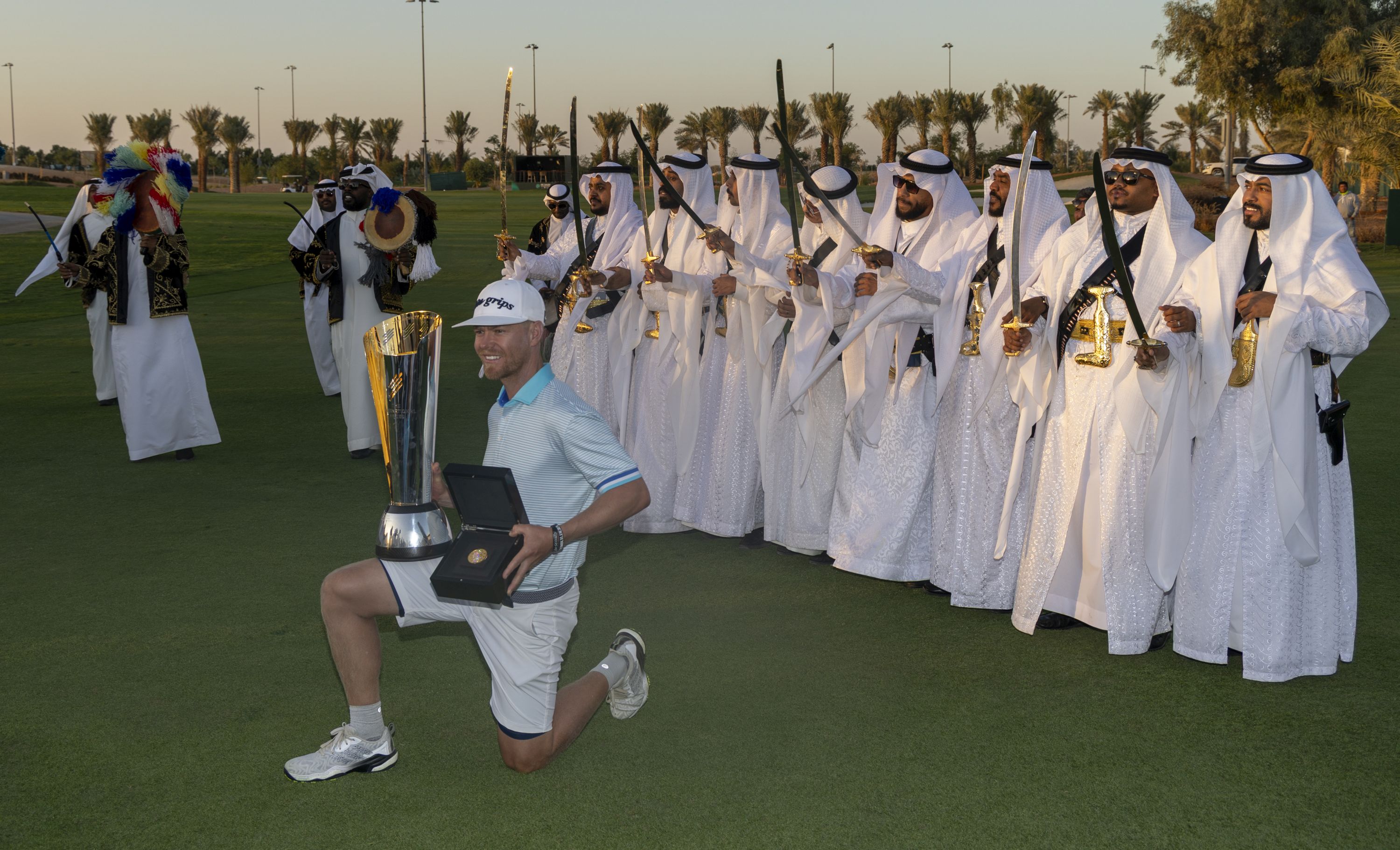
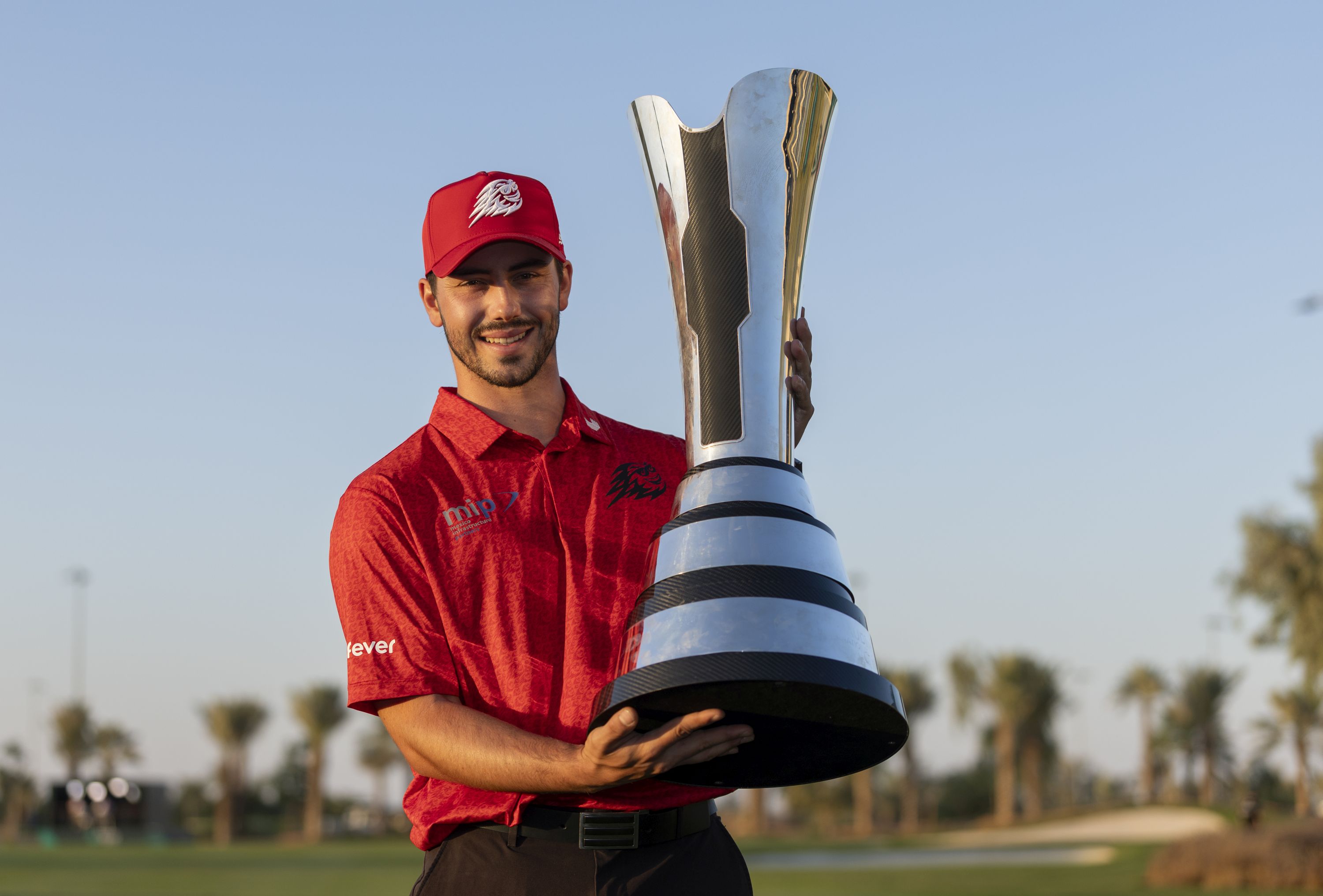
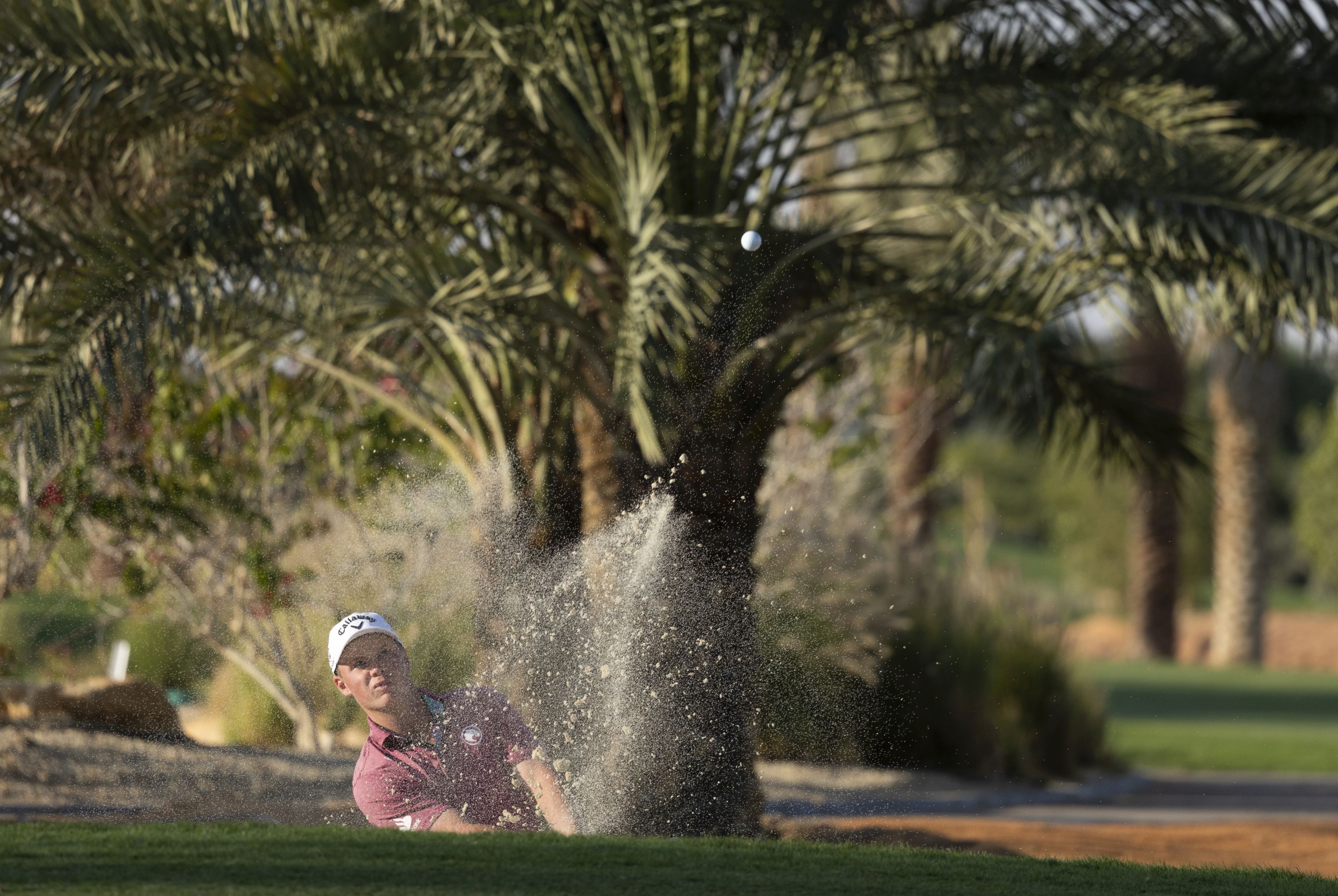
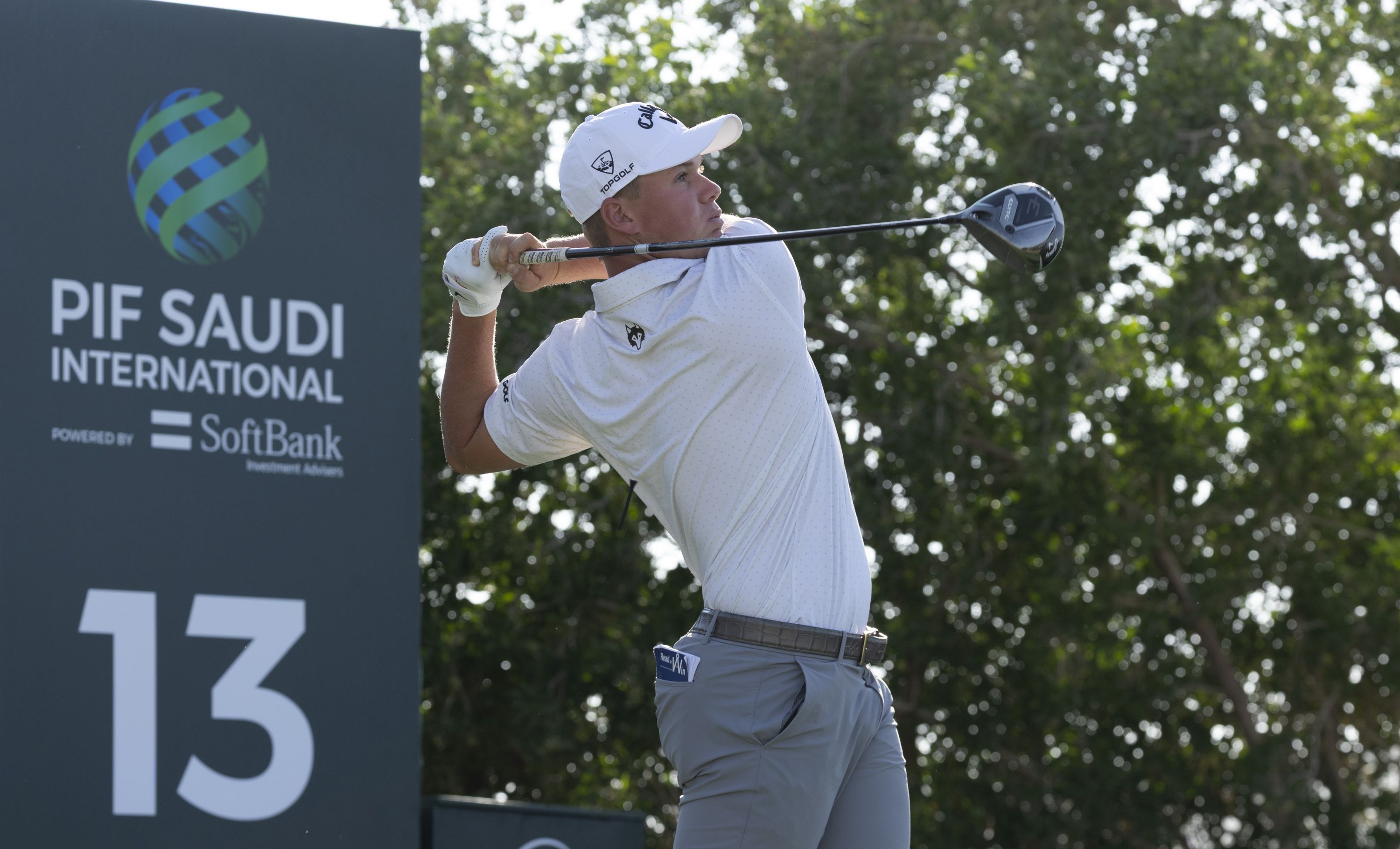

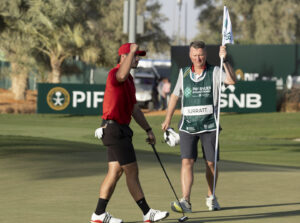
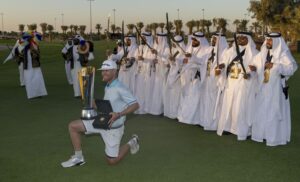


Recent Comments